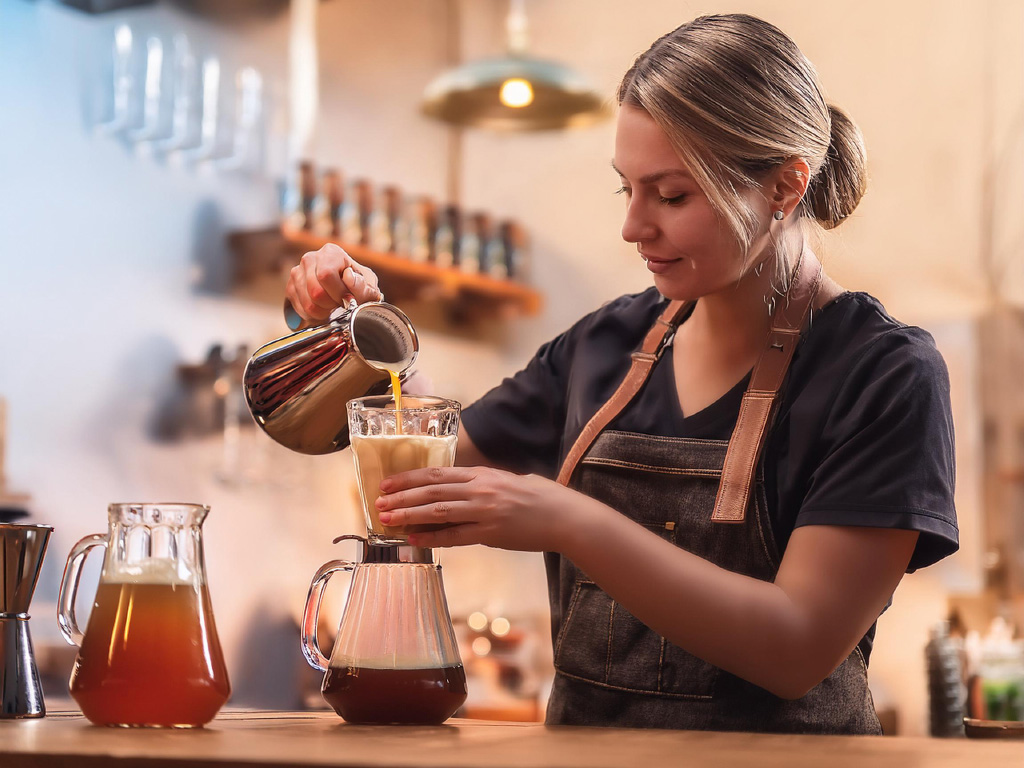What is a Thread?
The term “thread” is occasionally used to describe the mixing of two or more beers. One of the references, to this term dates back to a tale, from the 1700s…
Once upon a time in a small English pub a patron walked up to the barkeep and asked for a blend of three “threads” of the pub’s offerings: One “thread” of Ale (a young beer that used a mixture of herbs and spices, called “gruit”, instead of hops), one of Beer (a beer made with hops), and one of “Two-pence” (a strong beer with complex flavors from extended aging). How he knew to ask for a “thread” is hard to nail down (perhaps it sounded close to “third” in the accent of the time) but regardless the drink gained favor with the hardworking people of Old England and demand increased for this nutritious and flavorful beverage. Ralph Harwood, an entrepreneurial brewer tired of blending each drink to order, developed a recipe that combined the essence of each individual thread. This recipe had such an appeal that it became the first beer style brewed on an industrial scale (the Porter).
Glossary of selected brewing terms…
Crack open a beer, get comfortable, and open your mind to learning!
Beer Glossary of Terms. (n.d.). Retrieved June 6, 2015, from CraftBeer.
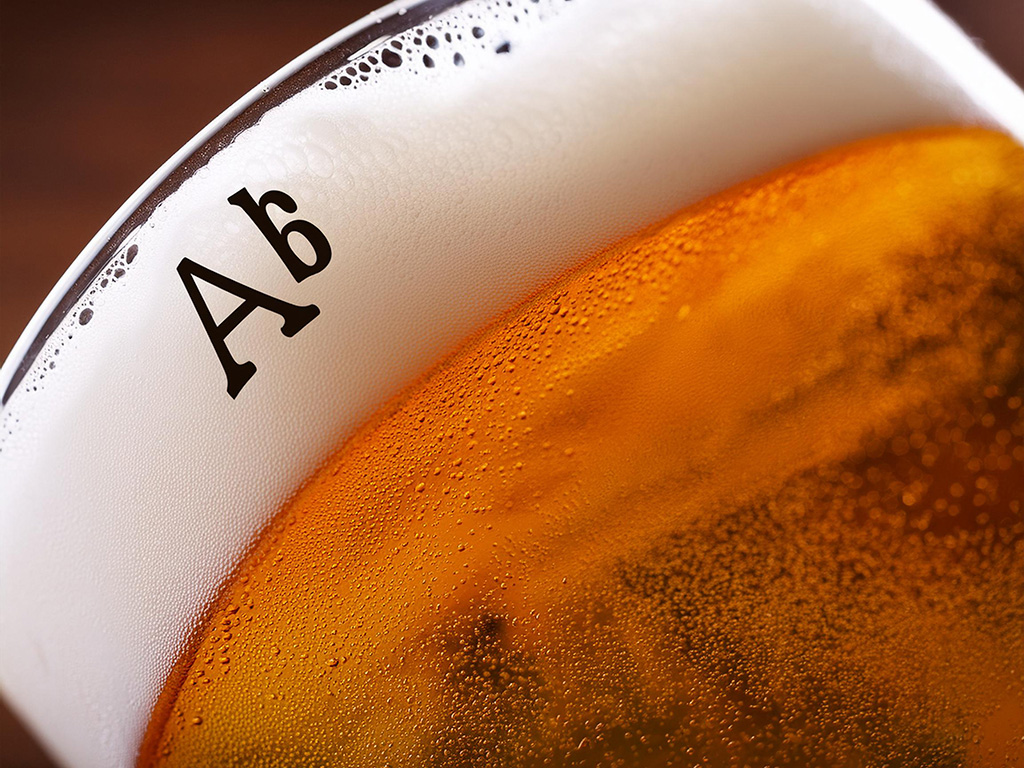
ABV (Alcohol by Volume)
A measurement of the alcohol content of a solution in terms of the percentage volume of alcohol per volume of beer. This measurement is always higher than Alcohol by Weight. To calculate the approximate volumetric alcohol content, subtract the final gravity from the original gravity and divide by 0.0075. For example: 1.050 – 1.012 = 0.038/0.0075 = 5% ABV.
Ale
Ales are beers fermented with top fermenting yeast. Ales typically are fermented at warmer temperatures than lagers, and are often served warmer. The term ale is sometimes incorrectly associated with alcoholic strength.
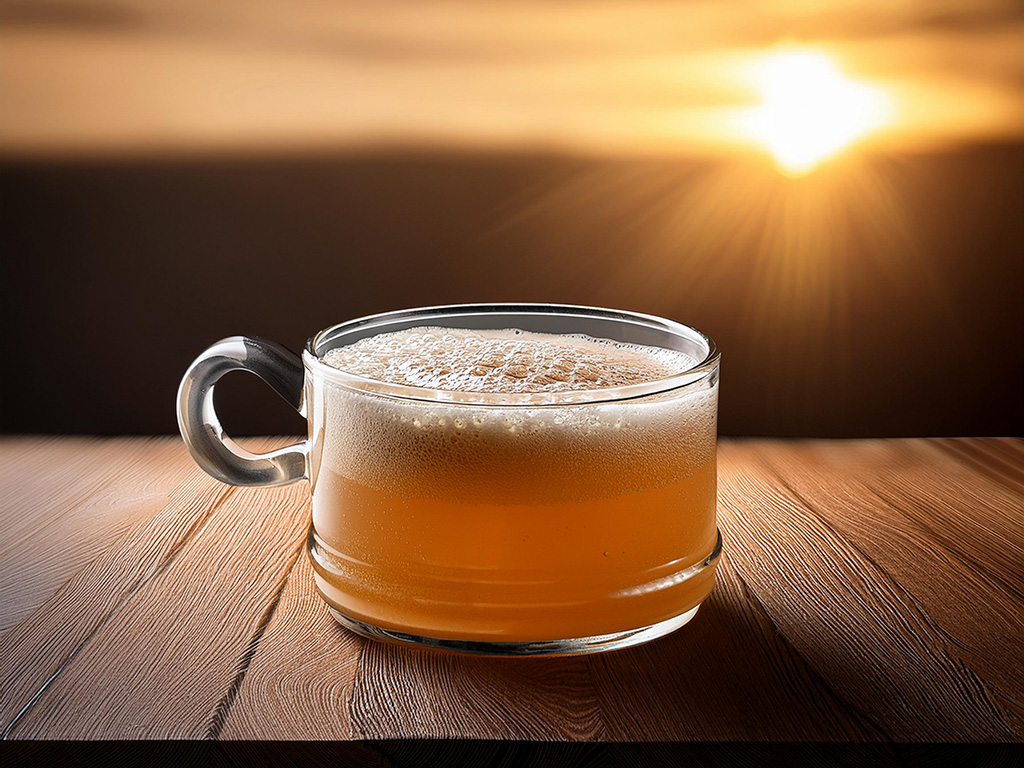
Ale Yeast
Saccharomyces cerevisiae is a top fermenting yeast that ferments at warm temperatures (60-70 F) and generally produces more flavor compounds.

Barley
A cereal grain derived from the annual grass Hordeum vulgare. Barley is used as a base malt in the production of beer and certain distilled spirits, as well as a food supply for humans and animals.

Barrel
- (BBL) A standard measure in the U.S. that is 31 gallons.
- A wooden vessel that is used to age/condition/ferment beer. Some brewer’s barrels are brand new and others have been used previously to store wine or spirits.
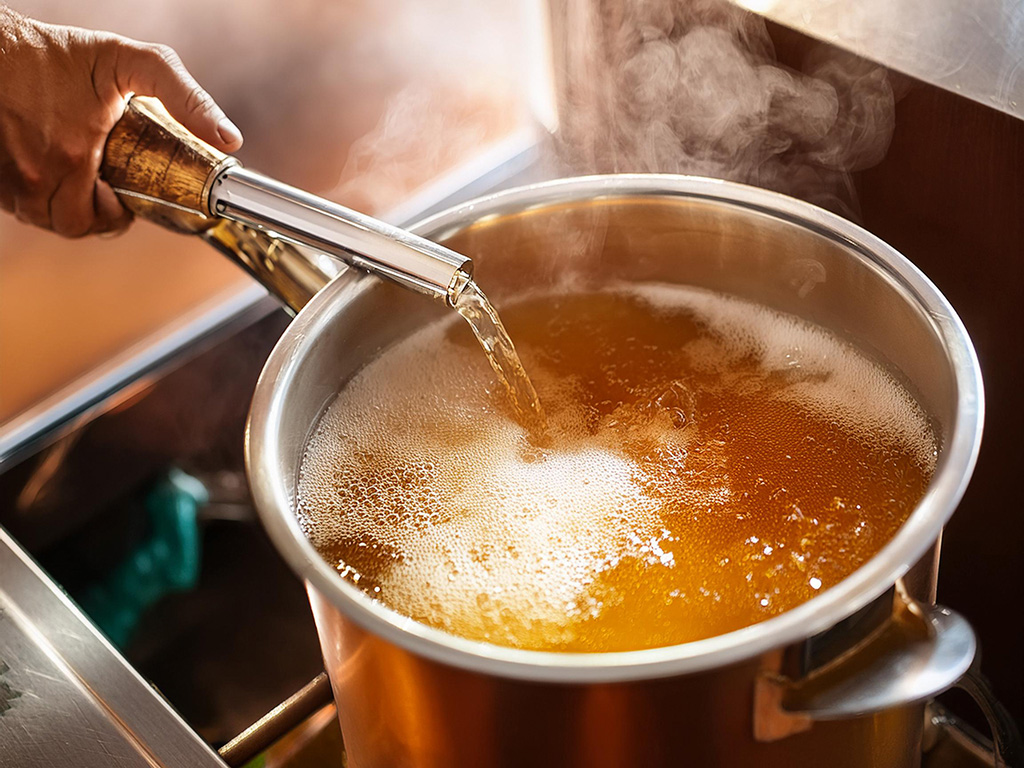
Boiling
A critical step during the brewing process during which wort (unfermented beer) is boiled inside the brew kettle. During the boiling, one or more hop additions can occur to achieve bittering, hop flavor and hop aroma in the finished beer. Boiling also results in the removal of several volatile compounds from wort, especially dimethyl sulfide (see below) and the coagulation of excess or unwanted proteins in the wort (see “hot break“). Boiling also sterilizes a beer as well as ends enzymatic conversion of proteins to sugars.
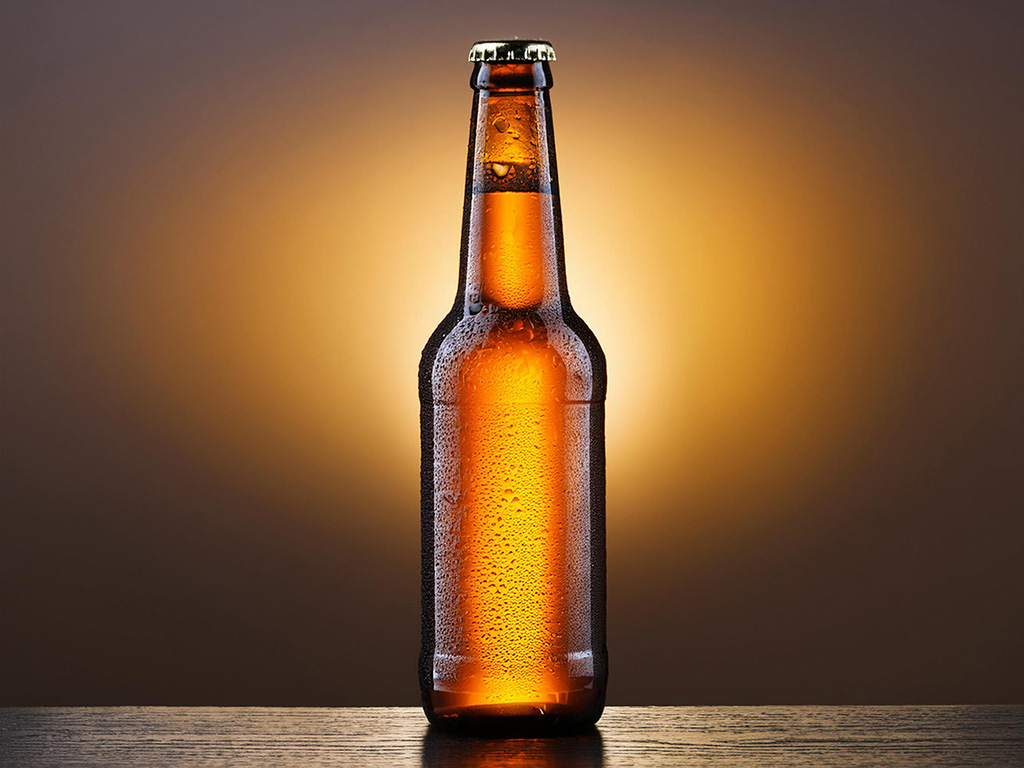
Bomber
A 22-ounce bottle of beer.
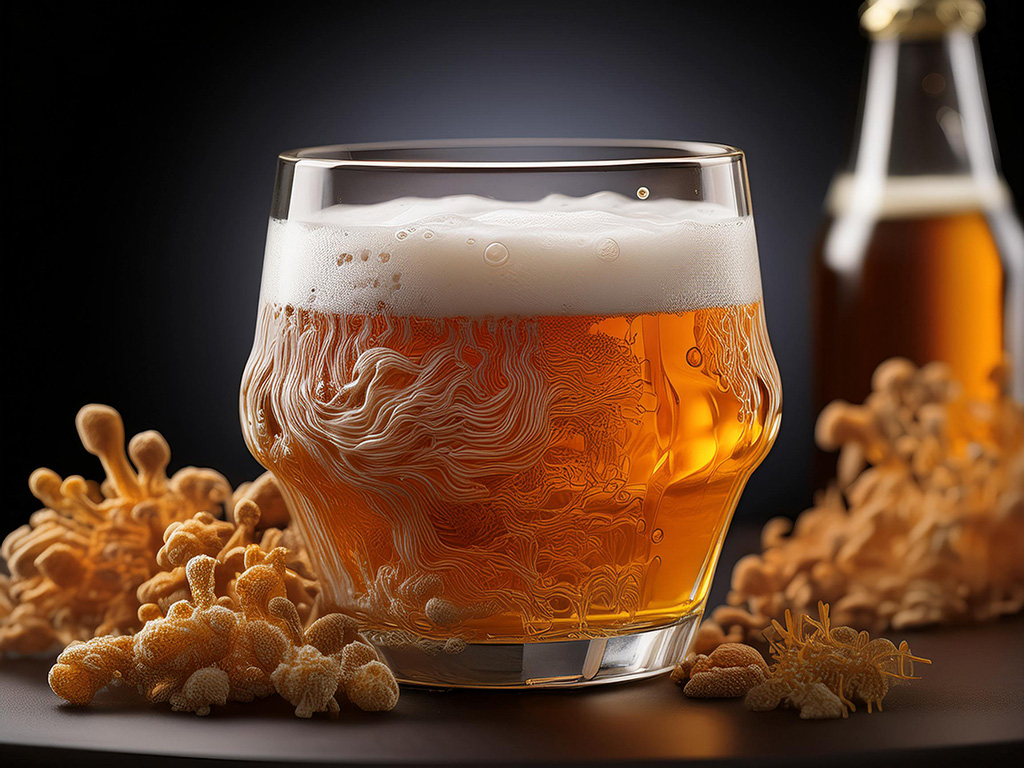
Brettanomyces
A type of yeast and more specifically a genus of single-celled yeasts that ferment sugar and are important to the beer and wine industries due to the sensory flavors they produce. Brettanomyces, or “Brett” colloquially, can cause acidity and other sensory notes often perceived as leather, barnyard, horse blanket and just plain funk. These characteristics can be desirable or undesirable. It is common and desirable in styles such as Lambic, Oud Bruin, several similarly acidic American-derived styles, and many barrel-aged styles.
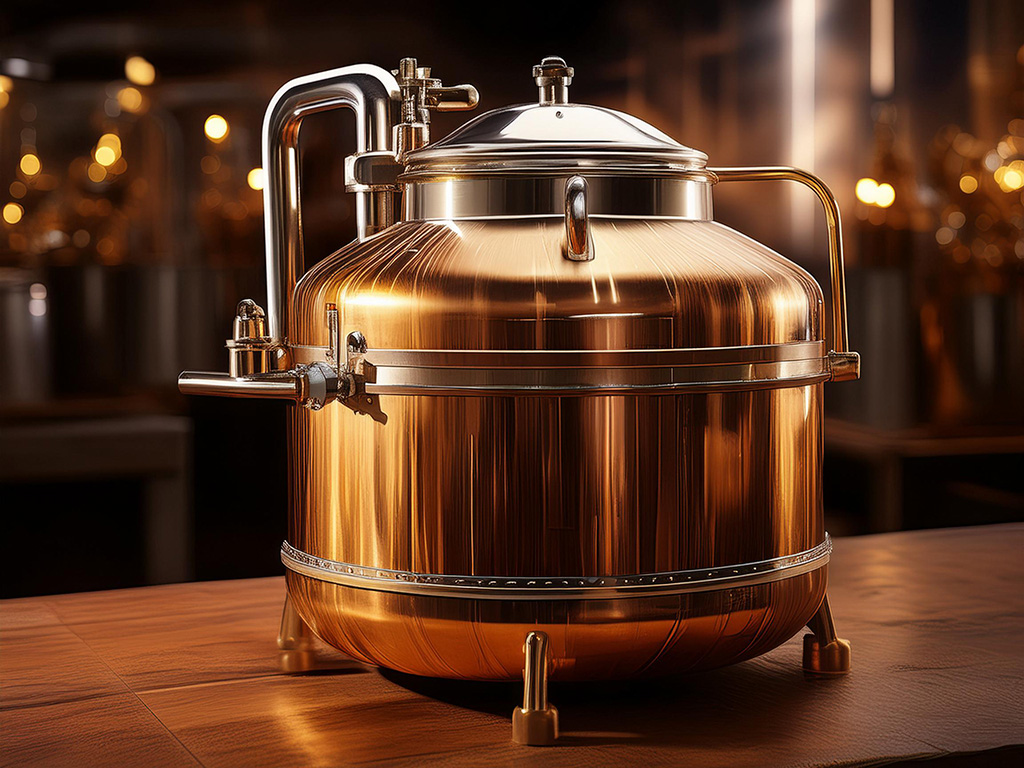
Brew Kettle
One of the vessels used in the brewing process in which the wort (unfermented beer) is boiled.
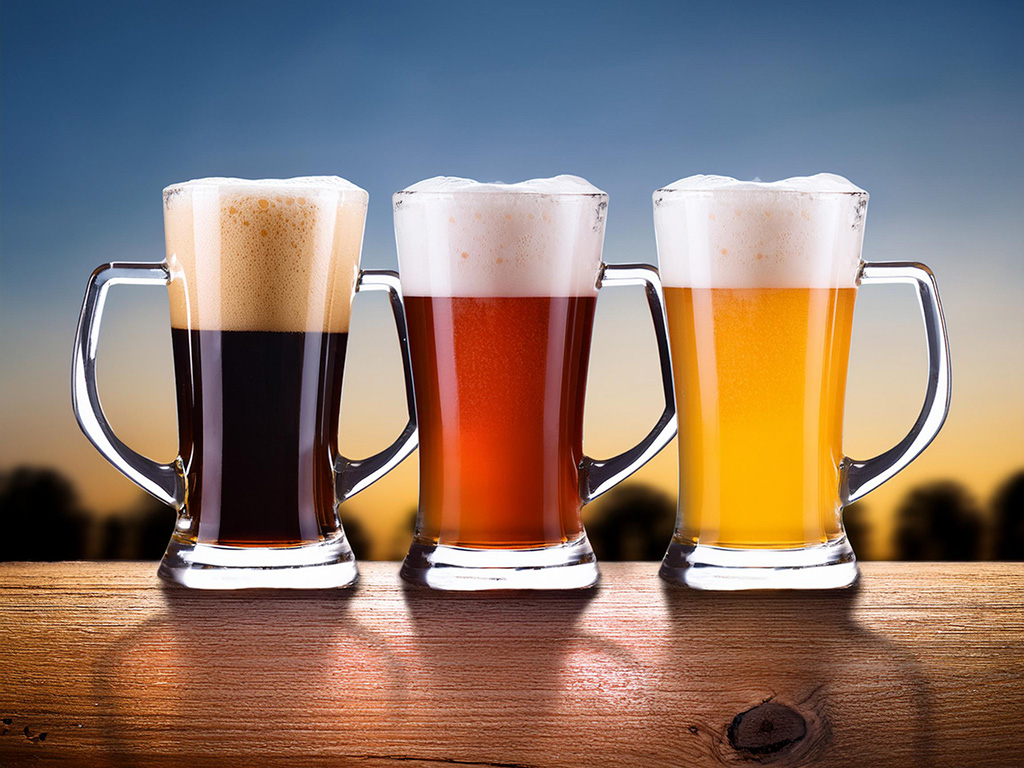
Color
The hue or shade of a beer, primarily derived from grains, sometimes derived from fruit or other ingredients in beer. Beer styles made with caramelized, toasted or roasted malts or grains will exhibit increasingly darker colors. The color of a beer may often, but not always, allow the consumer to anticipate how a beer might taste. It’s important to note that beer color does not equate to alcohol level, mouthfeel or calories in beer.
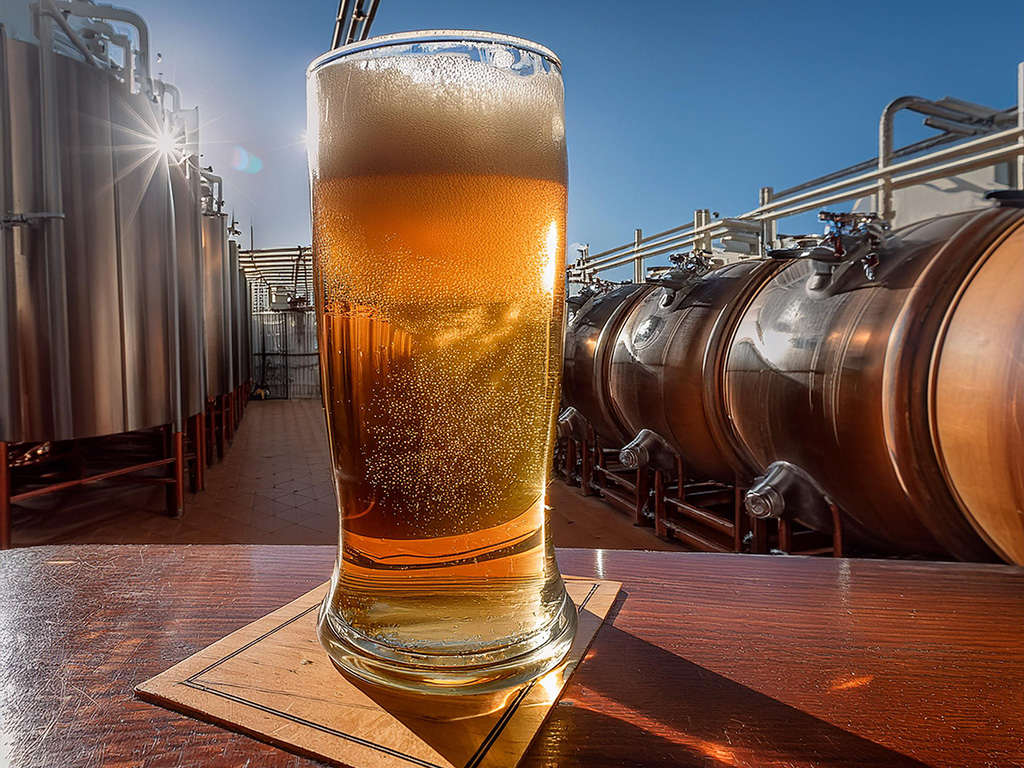
Conditioning
A step in the brewing process in which beer is matured or aged after initial fermentation to prevent the formation of unwanted flavors and compounds
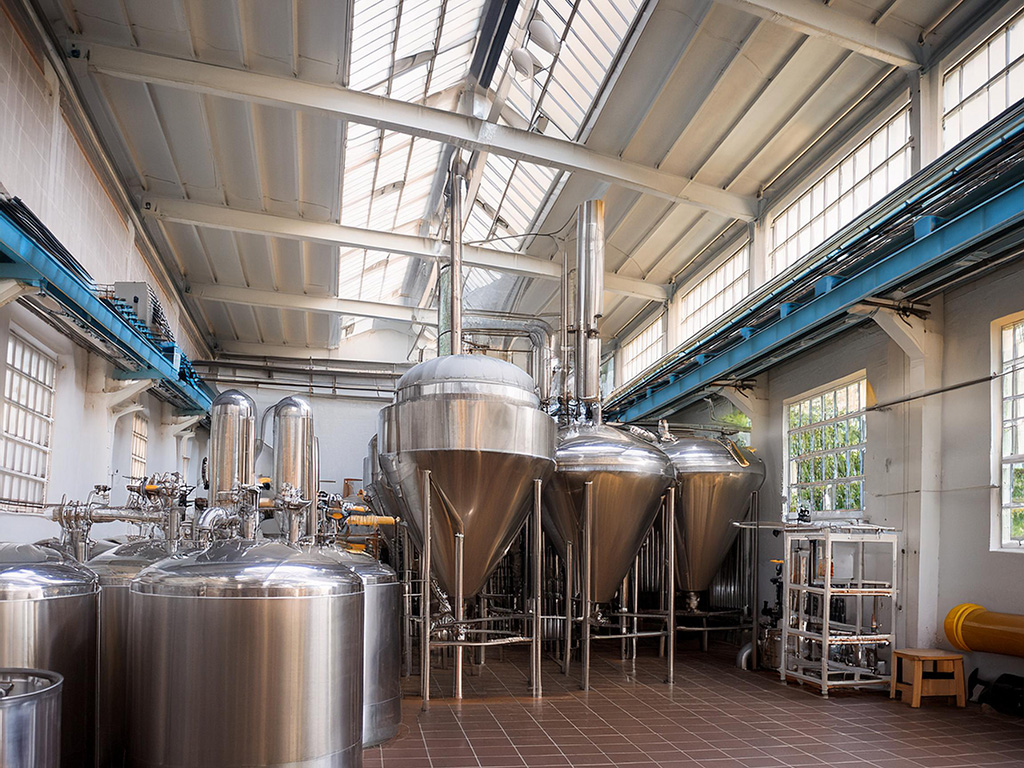
Craft Brewery
According to the Brewers Association, an American craft brewer is small, independent and traditional.
- Small: Annual production of 6 million barrels of beer or less (approximately 3 percent of U.S. annual sales). Beer production is attributed to the rules of alternating proprietorships.
- Independent: Less than 25 percent of the craft brewery is owned or controlled (or equivalent economic interest) by a beverage alcohol industry member that is not itself a craft brewer.
- Traditional: A brewer that has a majority of its total beverage alcohol volume in beers whose flavor derives from traditional or innovative brewing ingredients and their fermentation. Flavored malt beverages (FMBs) are not considered beers.
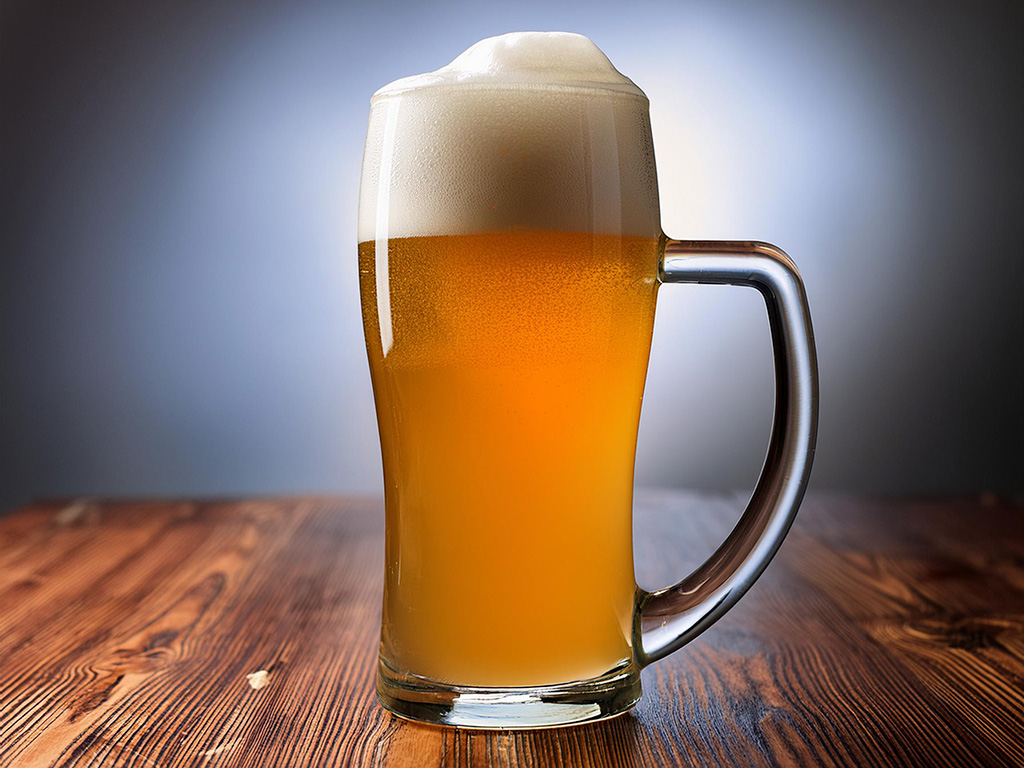
Cream Ale
Not to be confused with Cream Soda, this beer style is largely an American-style lager brewed with Ale yeast.

Draught Beer
Beer drawn from kegs, casks or serving tanks rather than from cans, bottles or other packages. Beer consumed from a growler relatively soon after filling is also sometimes considered draught beer.
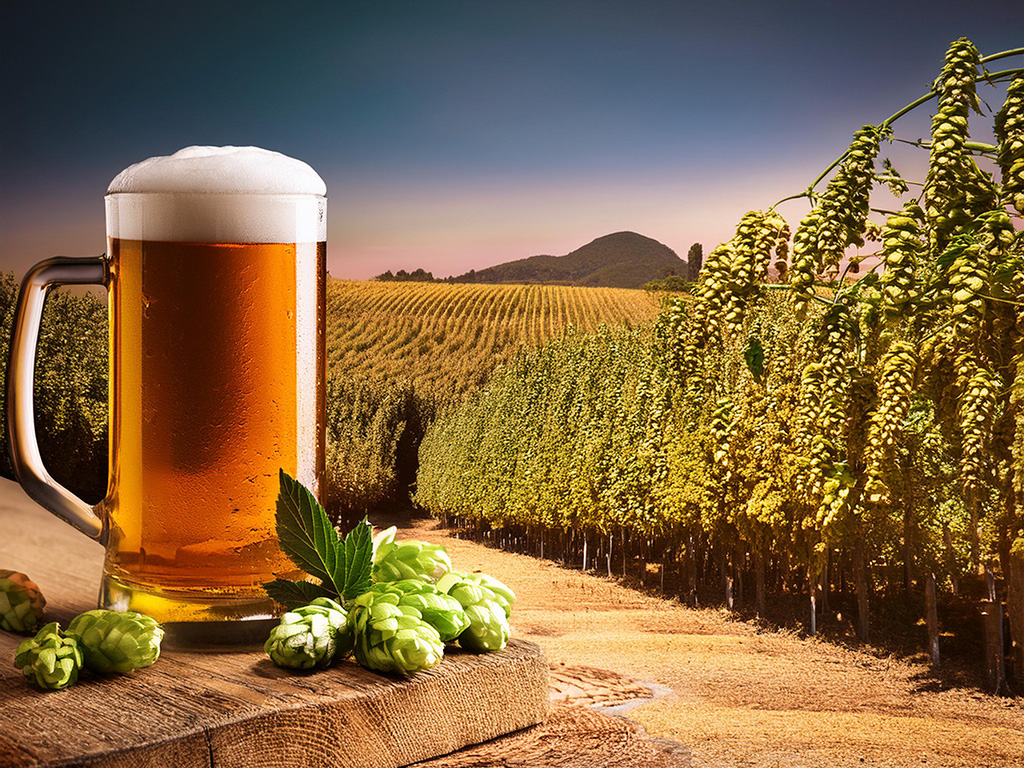
Dry Hopping
The addition of hops late in the brewing process to increase the hop aroma of a finished beer without significantly affecting its bitterness. Dry hops may be added to the wort in the kettle, whirlpool, hop back, or added to beer during primary or secondary fermentation or even later in the process.
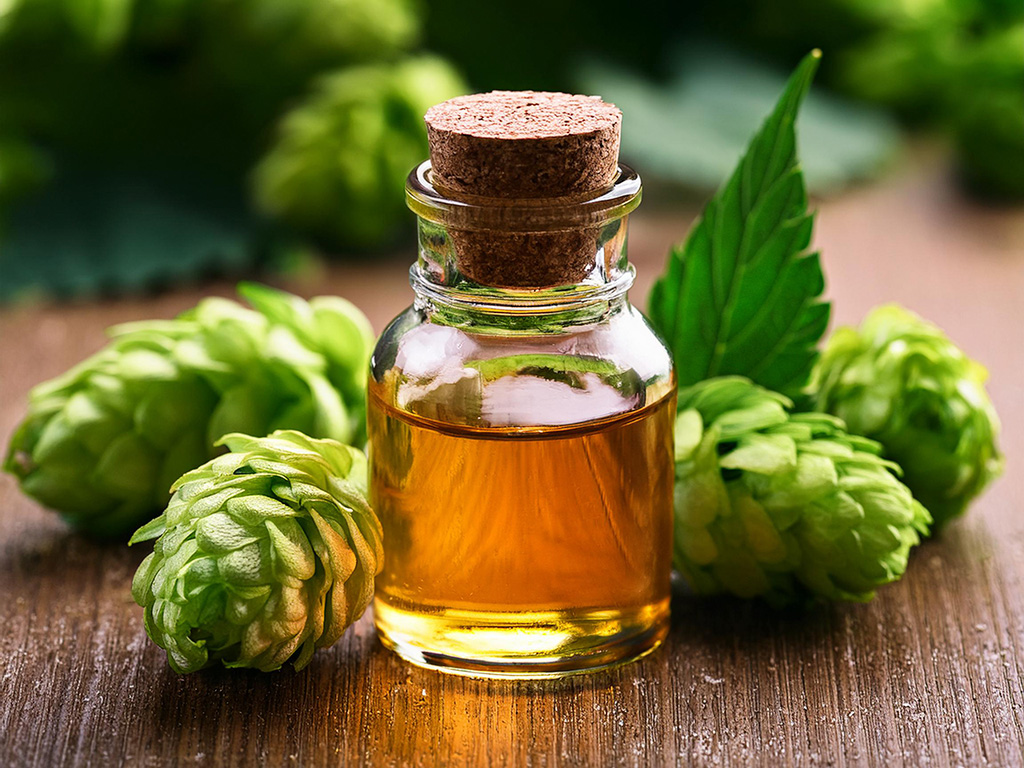
Essential Hop Oils
Essential hop oils are what is isomerized in wort and provide the aromatic and flavor compounds that are associated with hop additions.
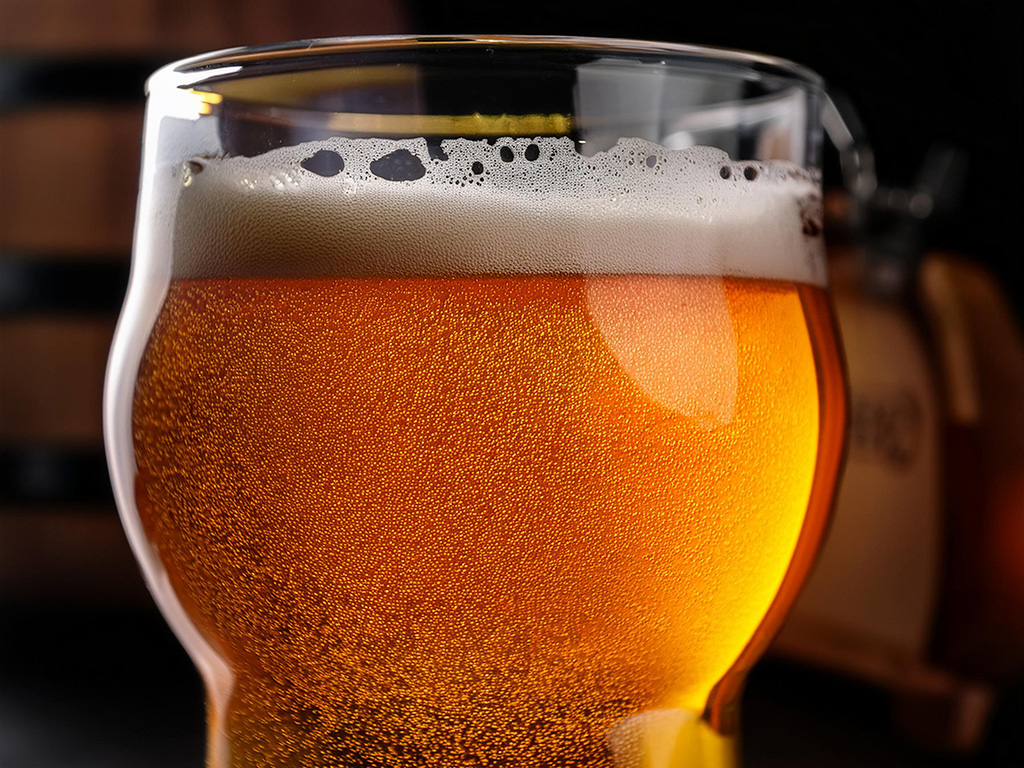
Esters
Volatile flavor compounds that form through the interaction of organic acids with alcohols during fermentation and contribute to the fruity aroma and flavor of beer. Esters are very common in ales.

Ethanol
Ethyl alcohol, the colorless primary alcohol constituent of beer.
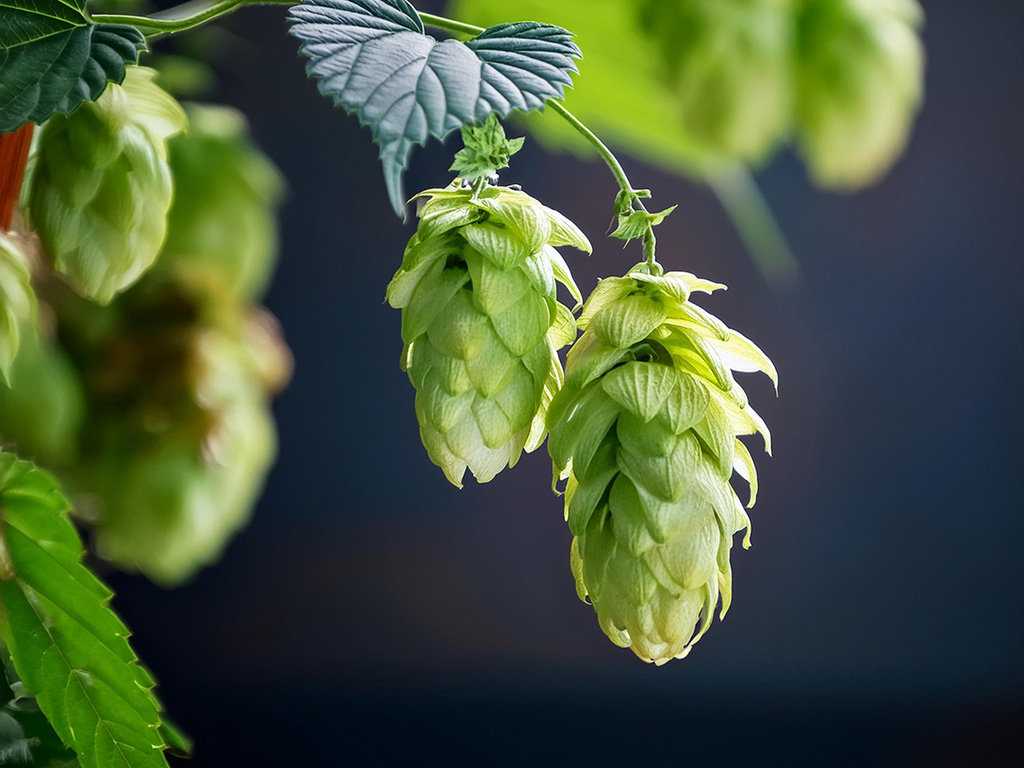
Farnesene
One of the essential oils made in the flowering cone of the hops plant Humulus lupulus.
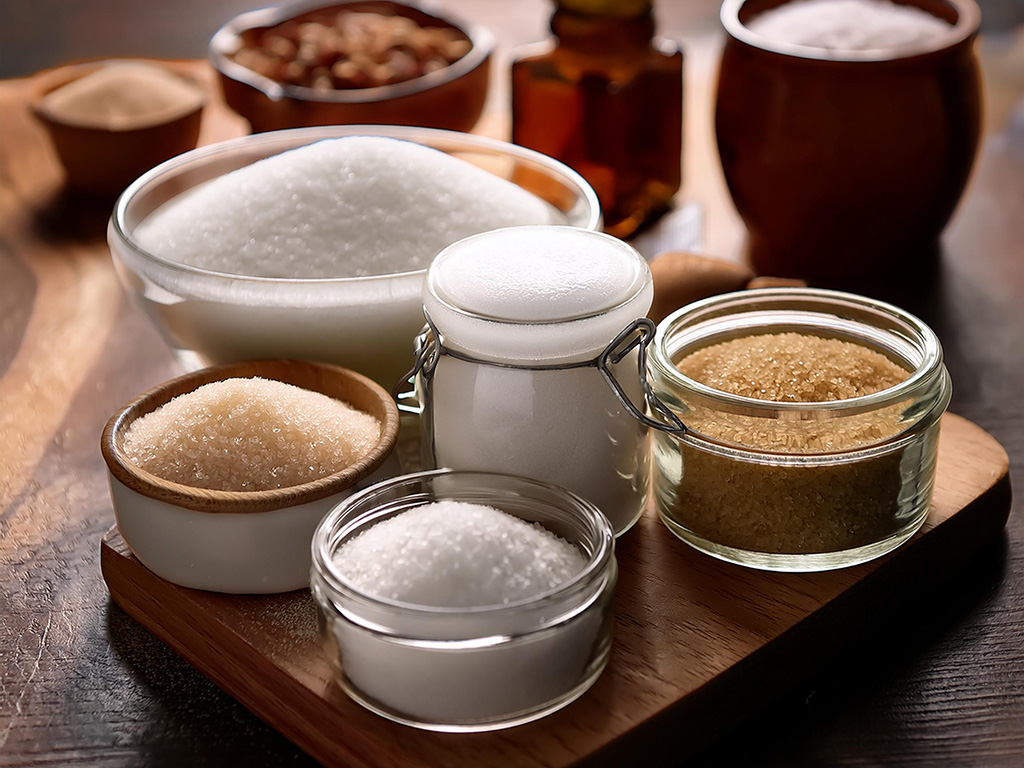
Fermentable Sugars
Sugars that can be consumed by yeast cells which in turn will produce ethanol alcohol and c02.
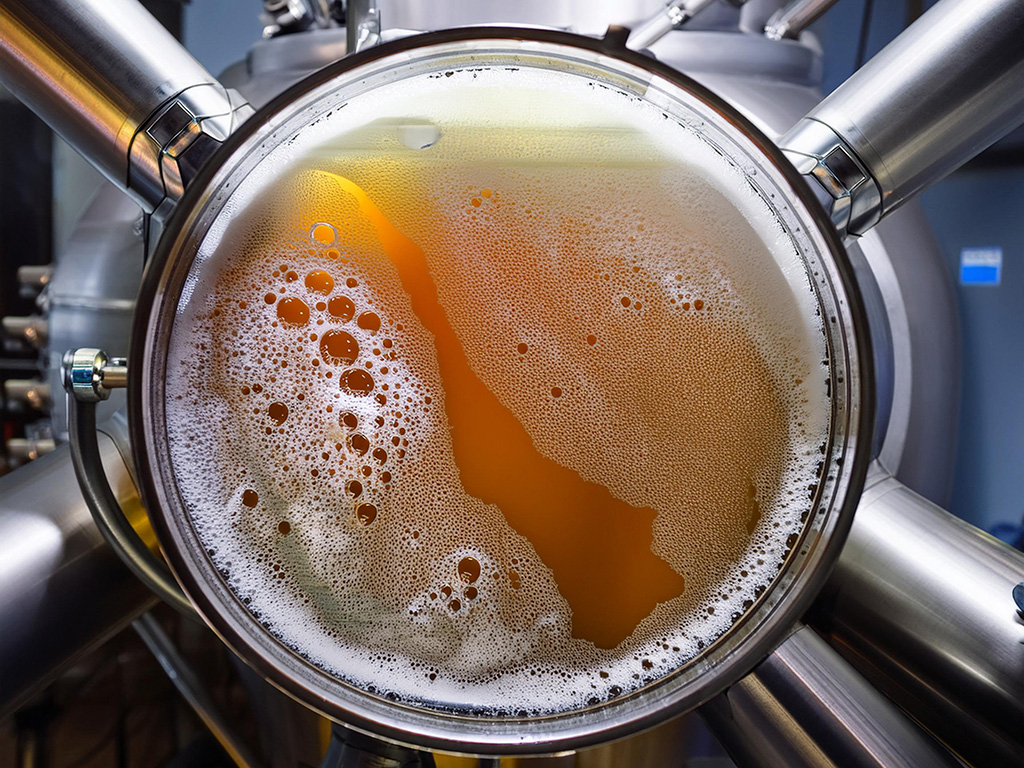
Fermentation
The chemical conversion of fermentable sugars into approximately equal parts of ethyl alcohol and carbon dioxide gas, through the action of yeast. The two basic methods of fermentation in brewing are top fermentation, which produces ales, and bottom fermentation, which produces lagers.

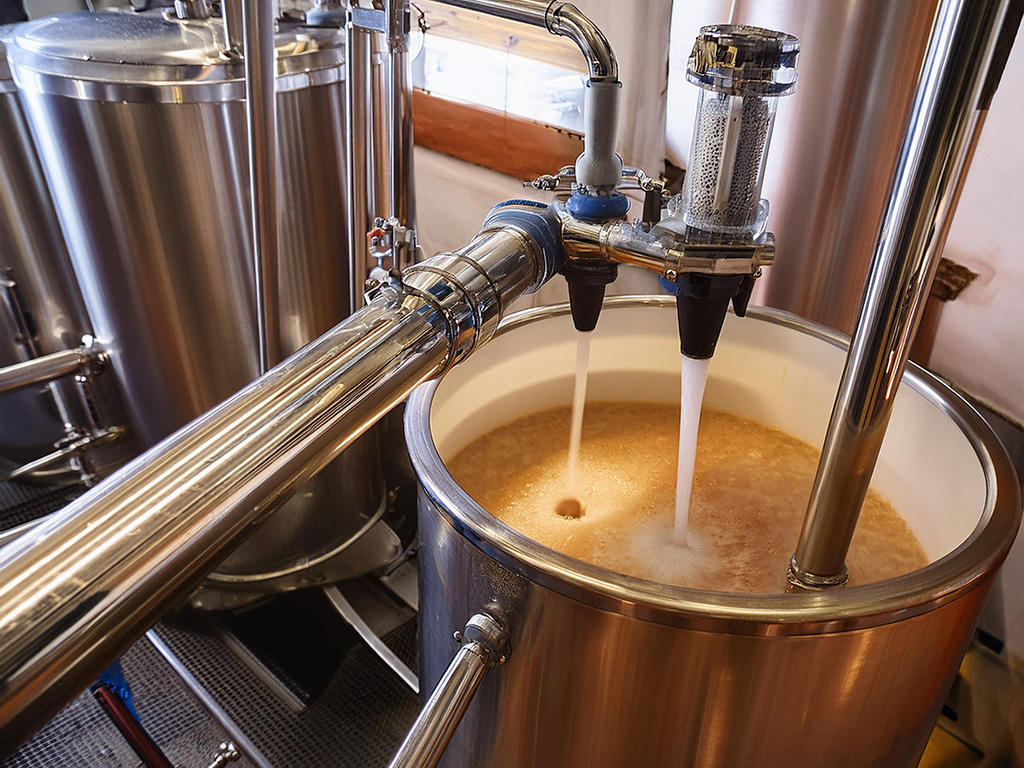
Filtration
The passage of a liquid through a permeable or porous substance to remove solid matter in suspension, often yeast.
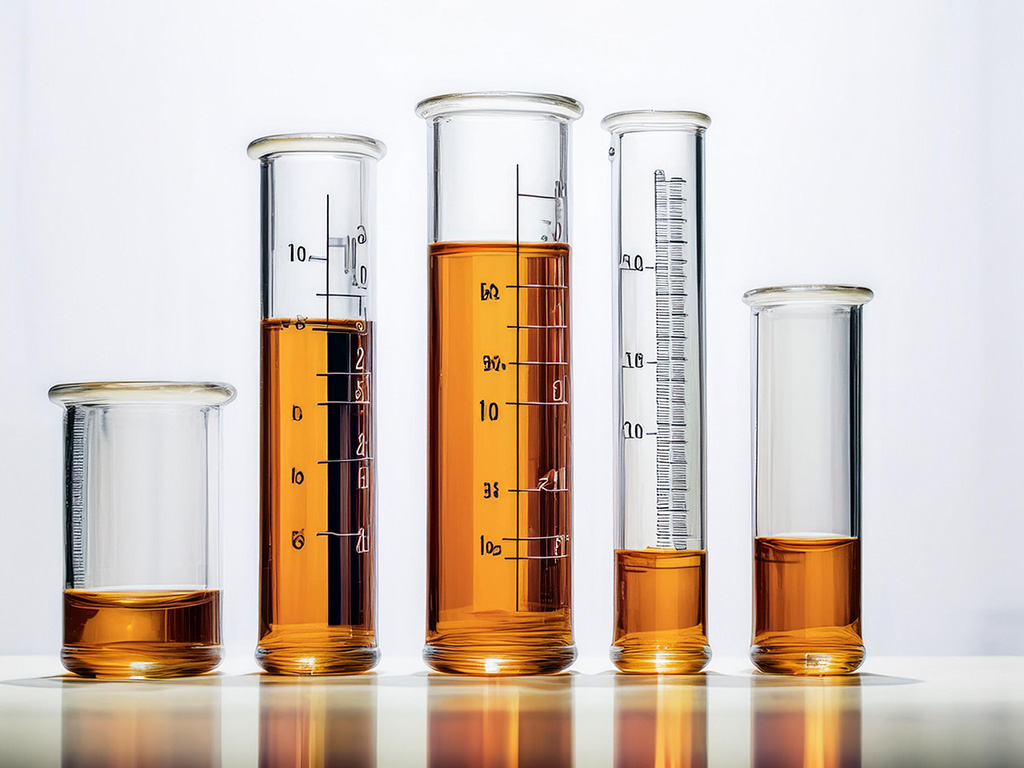
Final Gravity
The specific gravity of a beer as measured when fermentation is complete (when all desired fermentable sugars have been converted to alcohol and carbon dioxide gas). Synonym: Final specific gravity; final SG; finishing gravity; terminal gravity.
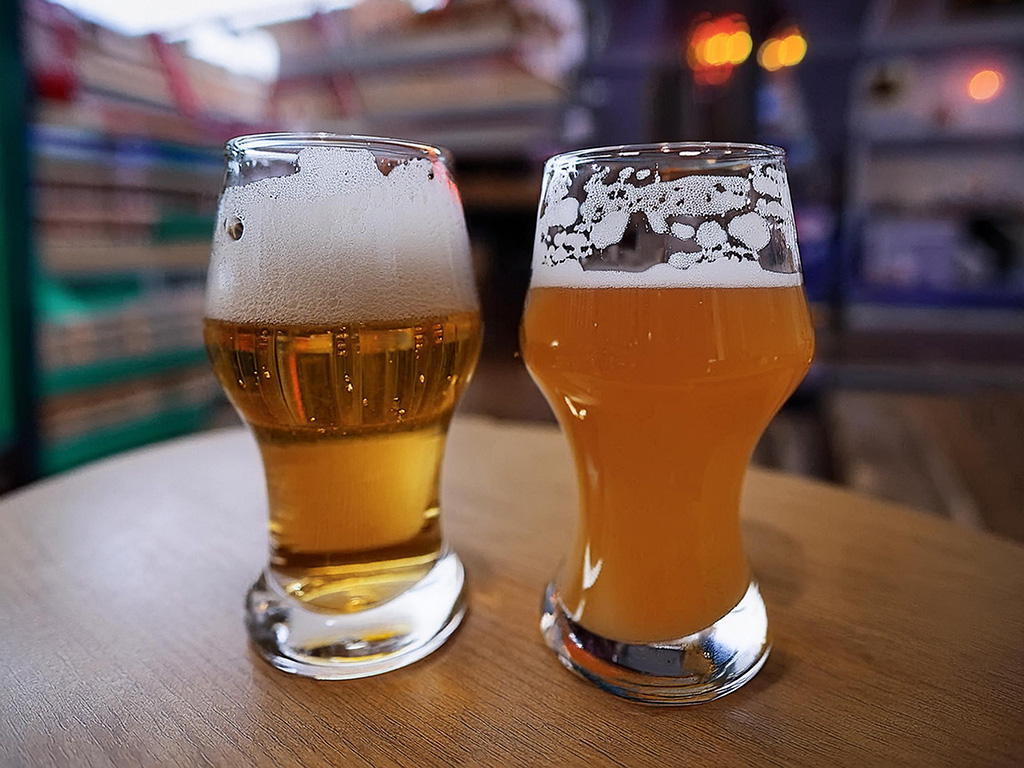
Fining
The process of adding clarifying agents such as isinglass, gelatin, silica gel, or Polyvinyl Polypyrrolidone (PVPP) to beer during secondary fermentation to hasten the precipitation of suspended matter, such as yeast, proteins or tannins.
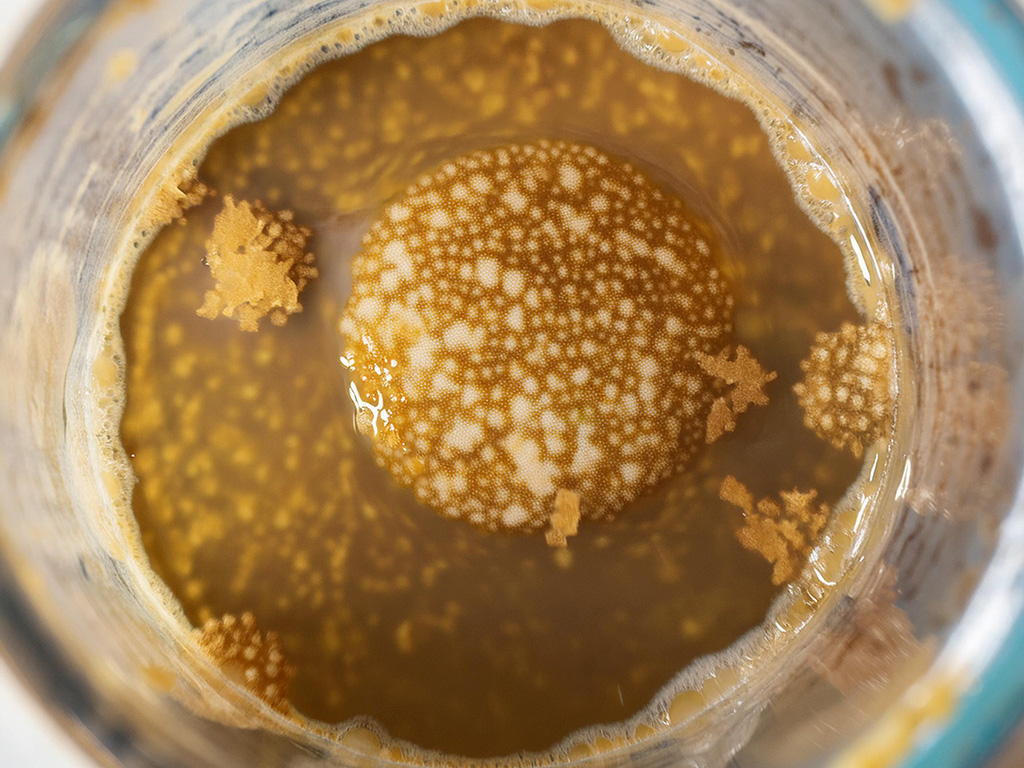
Flocculation
The behavior of suspended particles in wort or beer that tend to clump together in large masses and settle out. During brewing, protein and tannin particles will flocculate out of the kettle, coolship or fermenter during hot or cold break. During and at the end of fermentation, yeast cells will flocculate to varying degrees depending on the yeast strain, thereby affecting fermentation as well as filtration of the resulting beer.
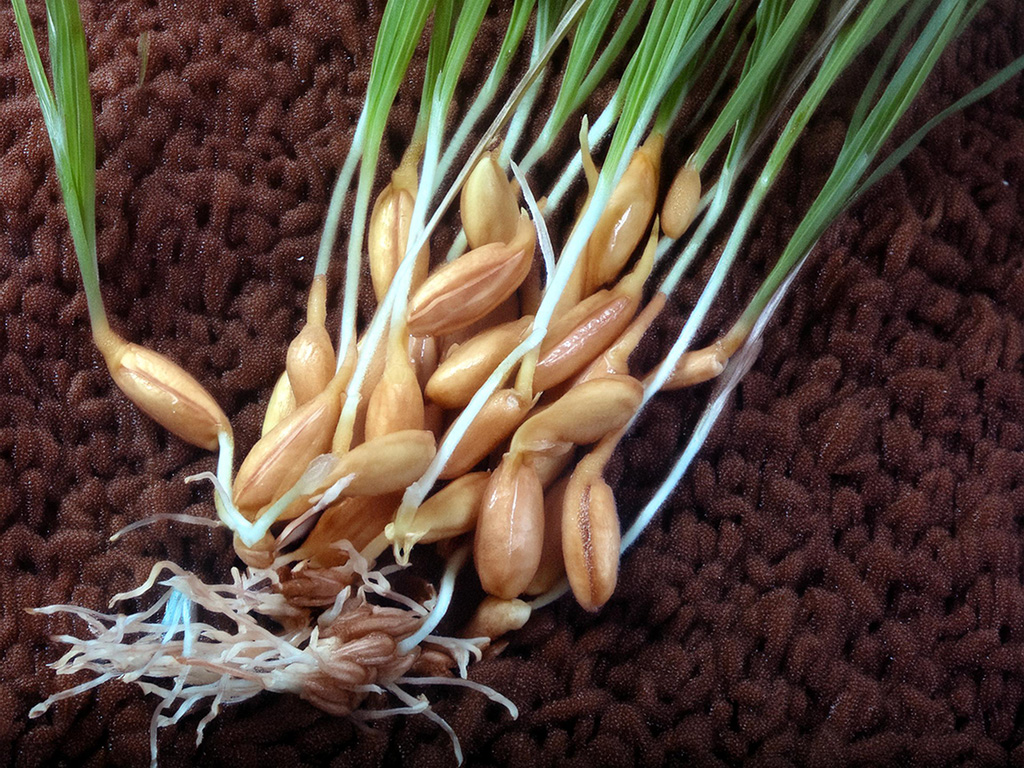
Germination
Growth of a barley grain as it produces a rootlet and acrospire.
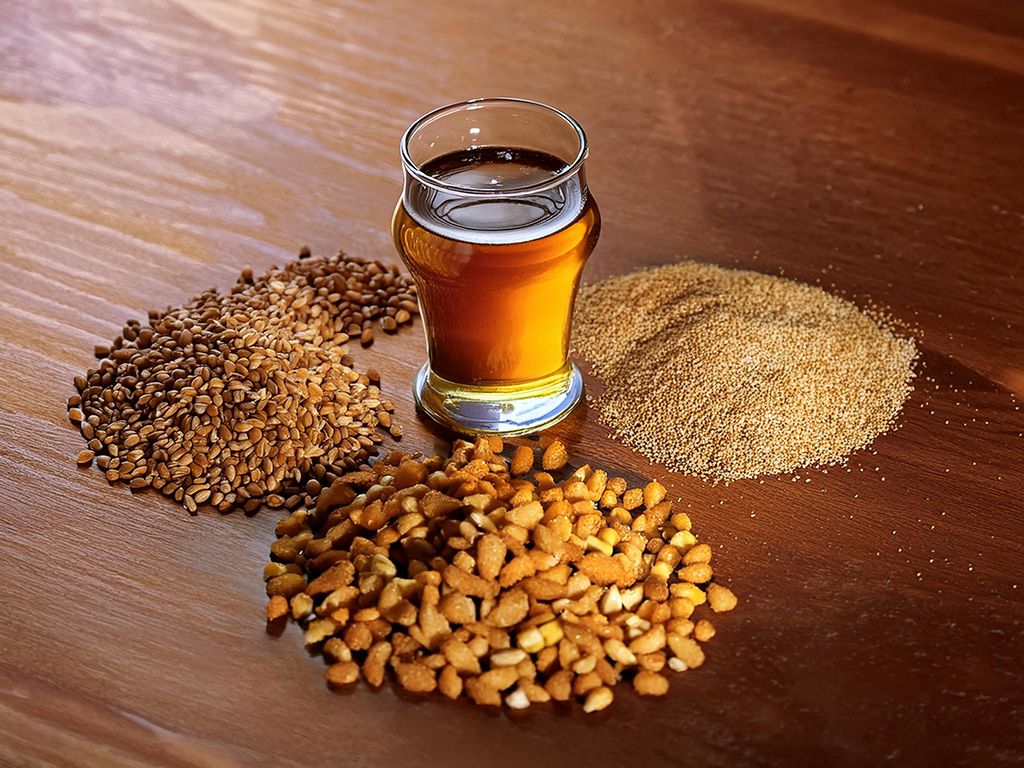
Grain Bill
List of grains used in a particular beer recipe.
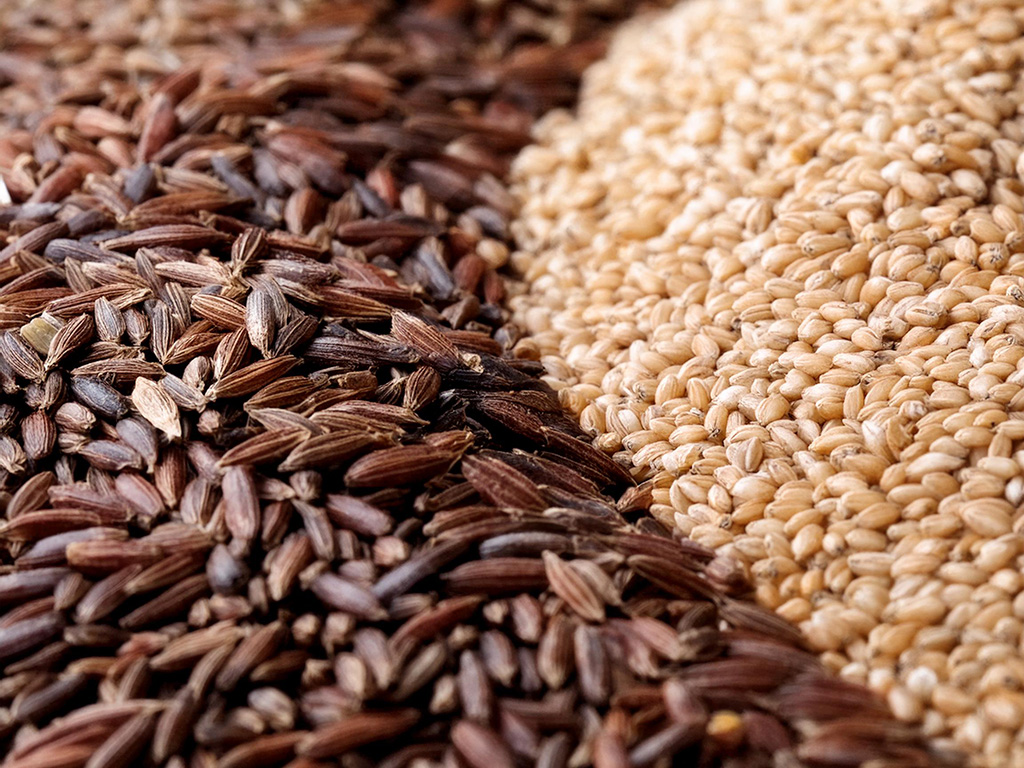
Grainy
Tasting or smelling like cereal or raw grains.
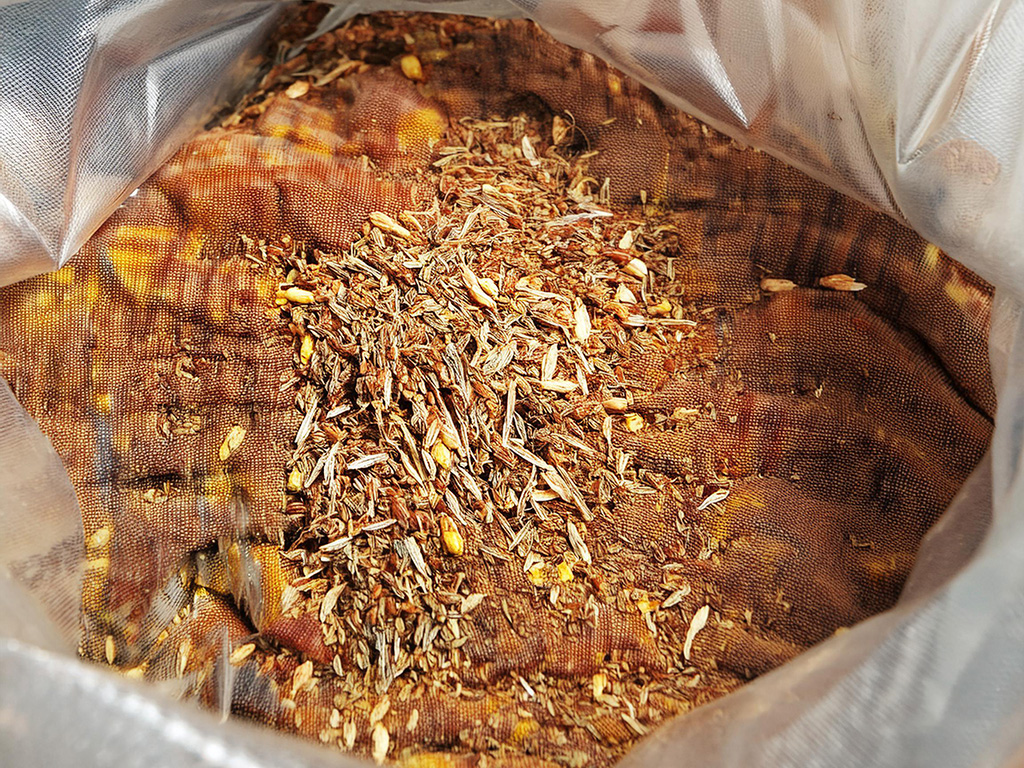
Grist
Ground malt and grains ready for mashing.

Growler
A jug- or pail-like container once used to carry draught beer bought by the measure at the local tavern. Growlers are usually ½ gal (64 oz) or 2L (68 oz) in volume and made of glass. Brewpubs often serve growlers to sell beer to-go. Often a customer will pay a deposit on the growler but can bring it back again and again for a re-fill. Growlers to-go are not legal in all U.S. states.
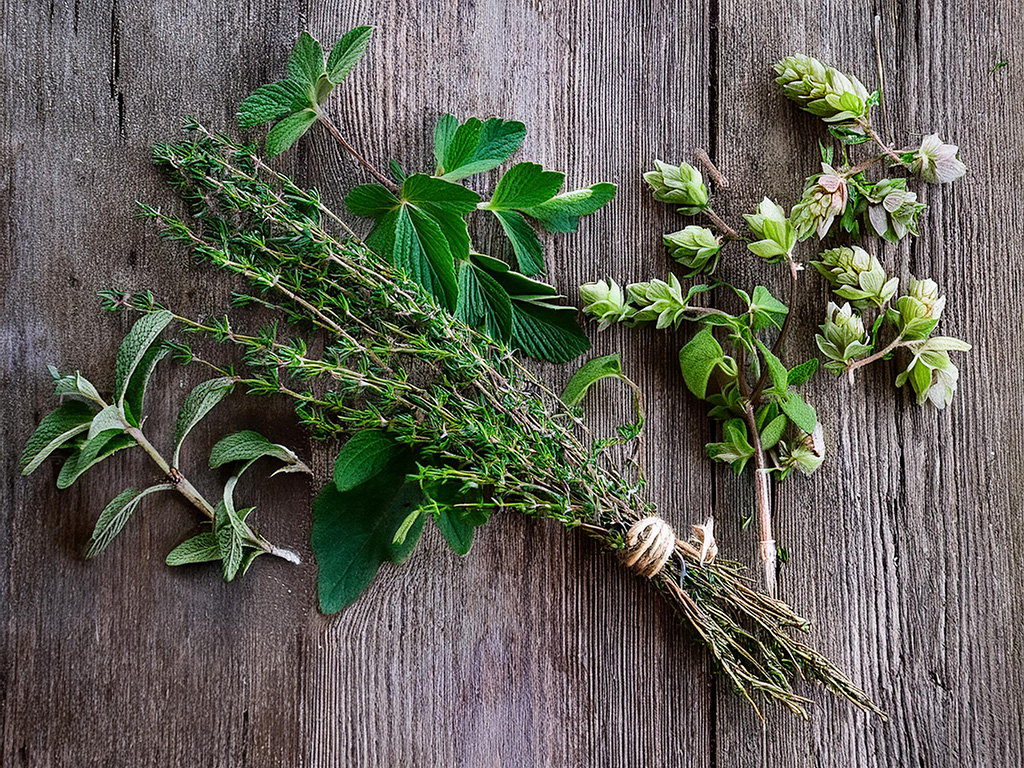
Gruit
An old-fashioned herb mixture used for bittering and flavoring beer, popular before the extensive use of hops. Gruit or grut ale may also refer to the beverage produced using gruit.
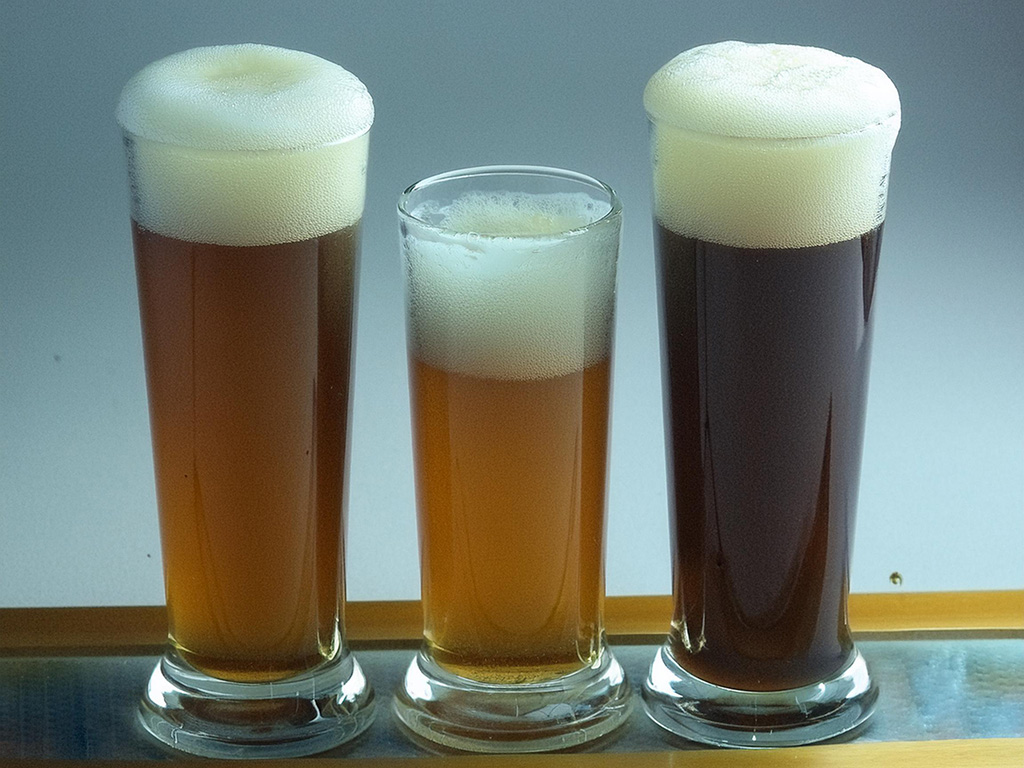
Head Retention
The foam stability of a beer as measured, in seconds, by time required for a 1-inch foam collar to collapse.
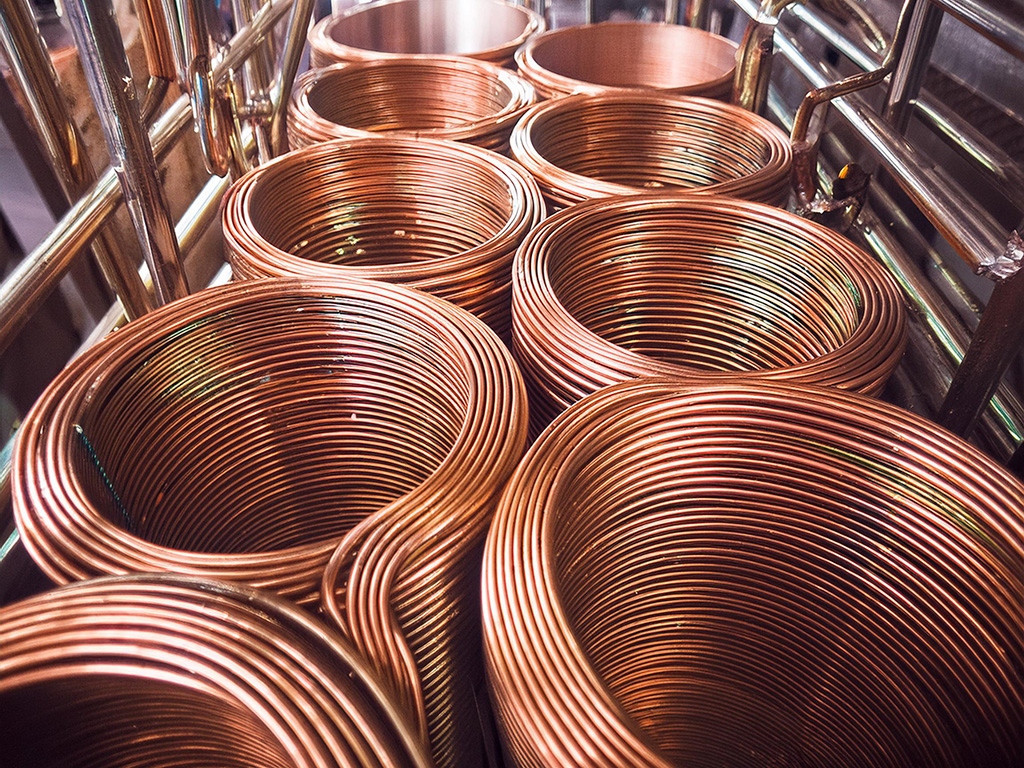
Heat Exchangers
Used to cool hot wort before fermentation.

Homebrewing
The art of making beer at home. In the U.S., homebrewing was legalized by President Carter on February 1, 1979, through a bill introduced by California Senator Alan Cranston. The Cranston Bill allows a single person to brew up to 100 gallons of beer annually for personal enjoyment and up to 200 gallons in a household of two persons or more of legal drinking age. Learn more from the American Homebrewers Association.
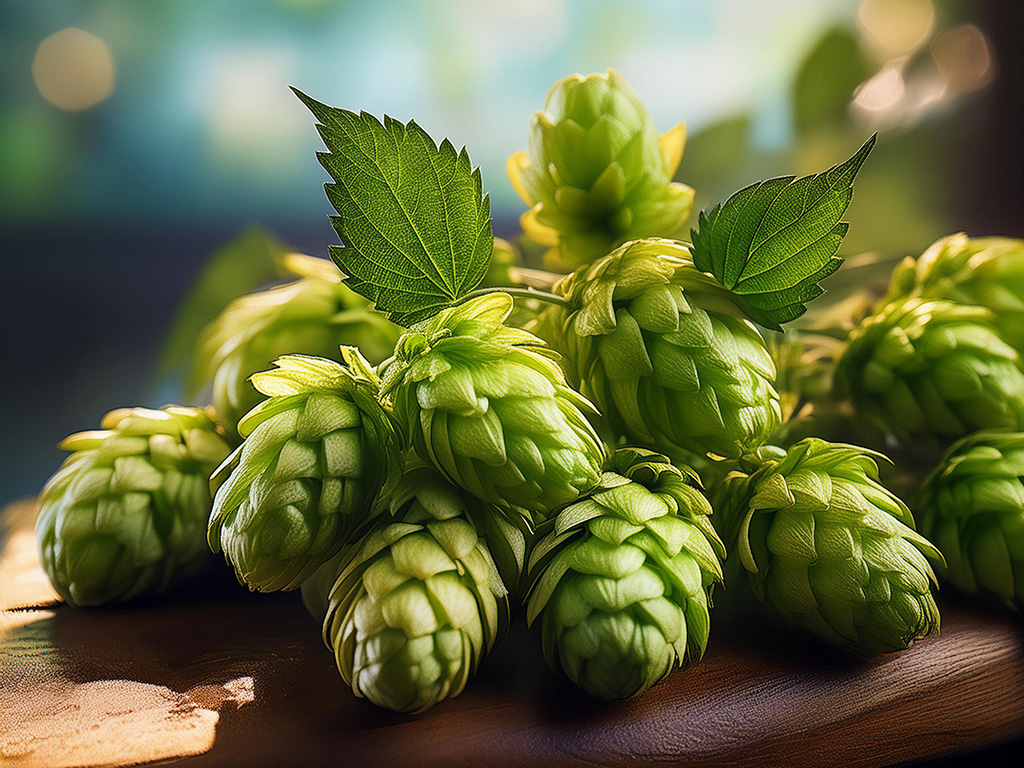
Hops
A perennial climbing vine, also known by the Latin botanical name Humulus lupulus. The female plant yields flowers of soft-leaved pine-like cones (strobile) measuring about an inch in length. Only the female ripened flower is used for flavoring beer. Because hops reproduce through cuttings, the male plants are not cultivated and are even rooted out to prevent them from fertilizing the female plants, as the cones would become weighed-down with seeds. Seedless hops have a much higher bittering power than seeded. There are presently over one hundred varieties of hops cultivated around the world. Some of the best known are Brewer’s Gold, Bullion, Cascade, Centennial, Chinook, Cluster, Comet, Eroica, Fuggles, Galena, Goldings, Hallertau, Nugget, Northern Brewer, Perle, Saaz, Syrian Goldings, Tettnang and Willamettes. Apart from contributing bitterness, hops impart aroma and flavor, and inhibit the growth of bacteria in wort and beer. Hops are added at the beginning (bittering hops), middle (flavoring hops), and end (aroma hops) of the boiling stage, or even later in the brewing process (dry hops). The addition of hops to beer dates from 7000-1000 BC; however hops were used to flavor beer in Pharaonic Egypt around 600 BC. They were cultivated in Germany as early as AD 300 and were used extensively in French and German monasteries in medieval times and gradually superseded other herbs and spices around the fourteenth and fifteenth centuries. Prior to the use of hops, beer was flavored with herbs and spices such as juniper, coriander, cumin, nutmeg, oak leaves, lime blossoms, cloves, rosemary, gentian, gaussia, chamomile, and other herbs or spices.
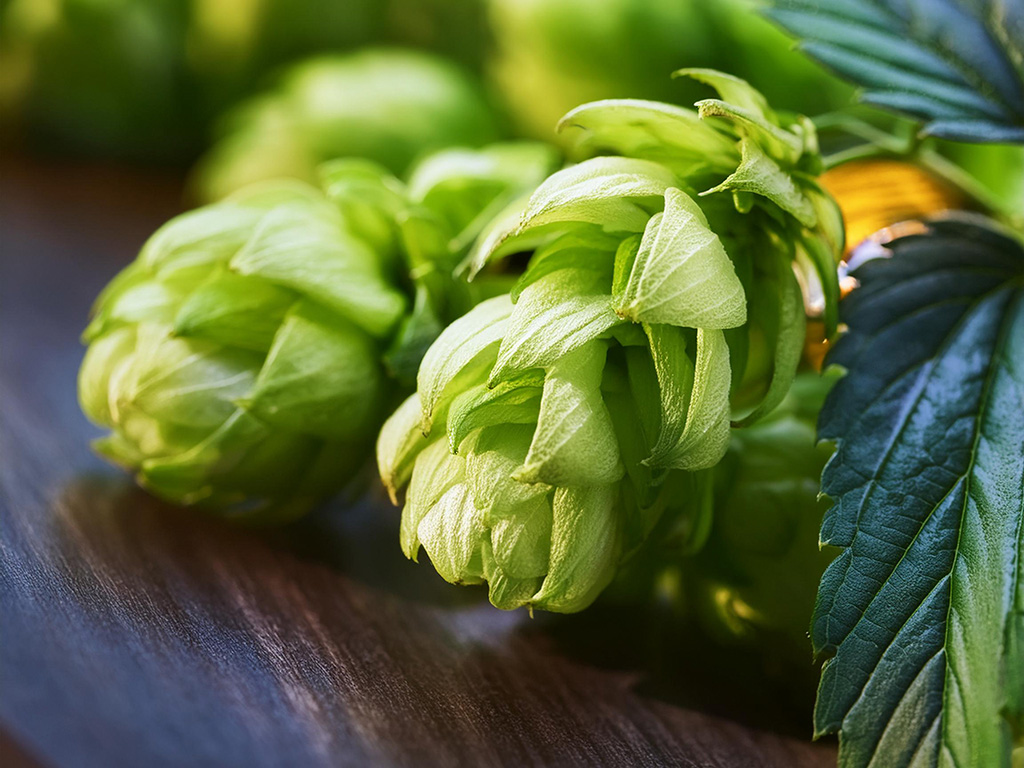
Humulene
One of the essential oils made in the flowering cone of the hops plant Humulus lupulus.
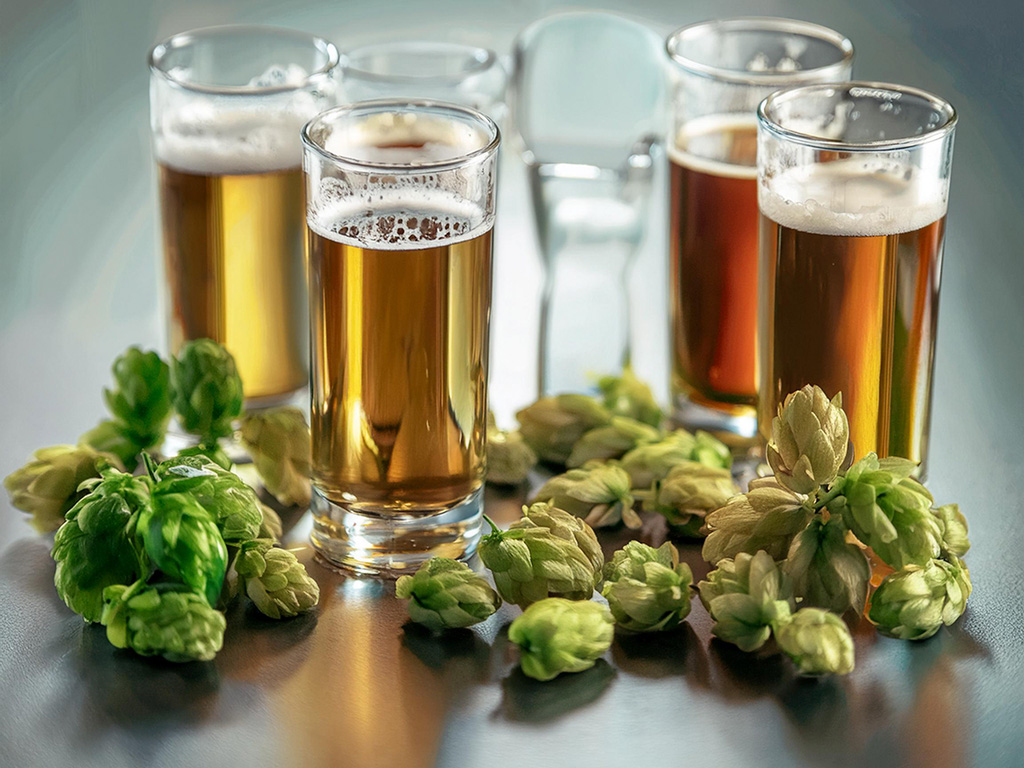
International Bitterness Units (IBU)
The measure of the bittering substances in beer (analytically assessed as milligrams of isomerized alpha acid per liter of beer, in ppm). This measurement depends on the style of beer. Light lagers typically have an IBU rating between 5-10 while big, bitter India Pale Ales can often have an IBU rating between 50 and 70.
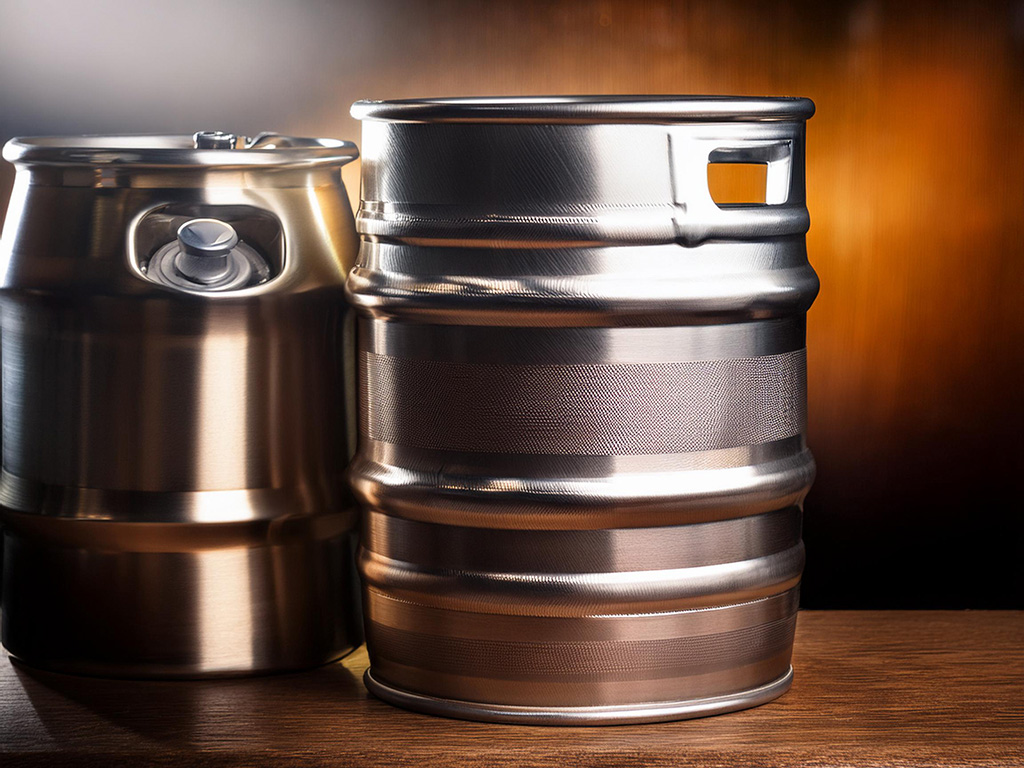
Keg
A cylindrical container, usually constructed of steel or sometimes aluminum, commonly used to store, transport and serve beer under pressure. In the U.S., kegs are referred to by the portion of a barrel they represent, for example, a ½ barrel keg = 15.5 gal, a ¼ barrel keg = 7.75 gal, a 1/6 barrel keg = 5.23 gal. Other standard keg sizes will be found in other countries.
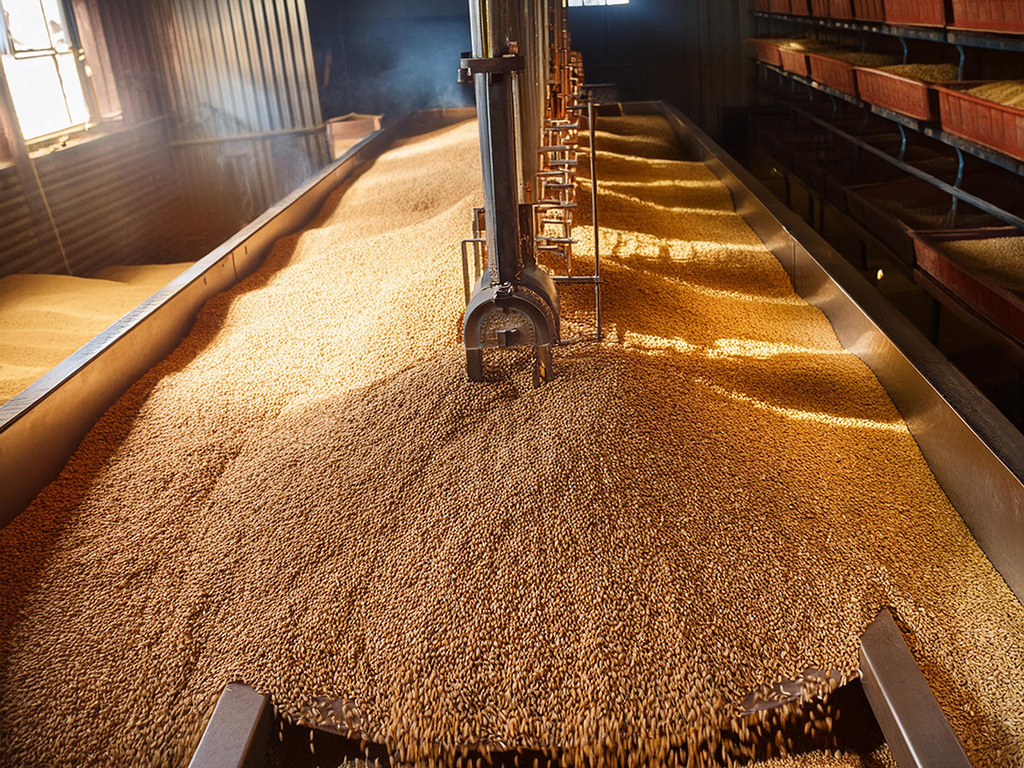
Kilning
The process of heat-drying malted barley in a kiln to stop germination and to produce a dry, easily milled malt from which the brittle rootlets are easily removed. Kilning also removes the raw flavor (or green-malt flavor) associated with germinating barley, and new aromas, flavors, and colors develop according to the intensity and duration of the kilning process.
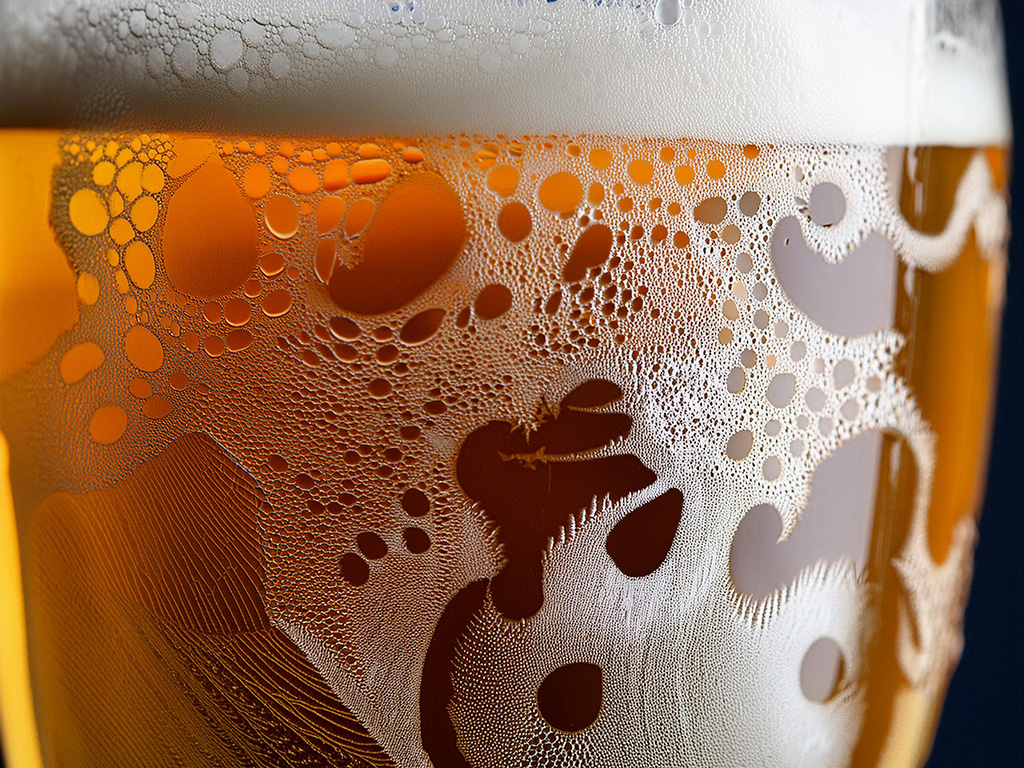
Lace
The lacelike pattern of foam sticking to the sides of a glass of beer once it has been partly or totally emptied. Synonym: Belgian lace

Lactobacillus
A microorganism/ bacteria. Lactobacillus is most often considered to be a beer spoiler, in that it can convert unfermented sugars found in beer into lactic acid. Some brewers introduce Lactobacillus intentionally into finished beer in order to add desirable acidic sourness to the flavor profile of certain brands.
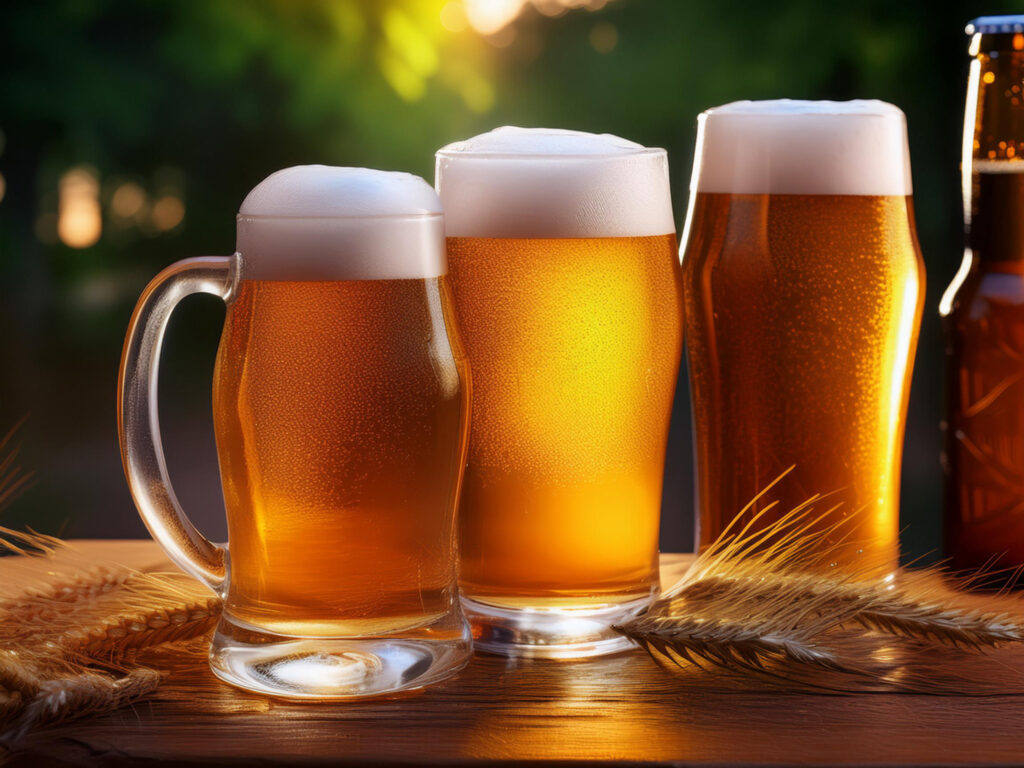
Lager
Lagers are any beer that is fermented with bottom-fermenting yeast at colder temperatures. Lagers are most often associated with crisp, clean flavors and are traditionally fermented and served at colder temperatures than ales.
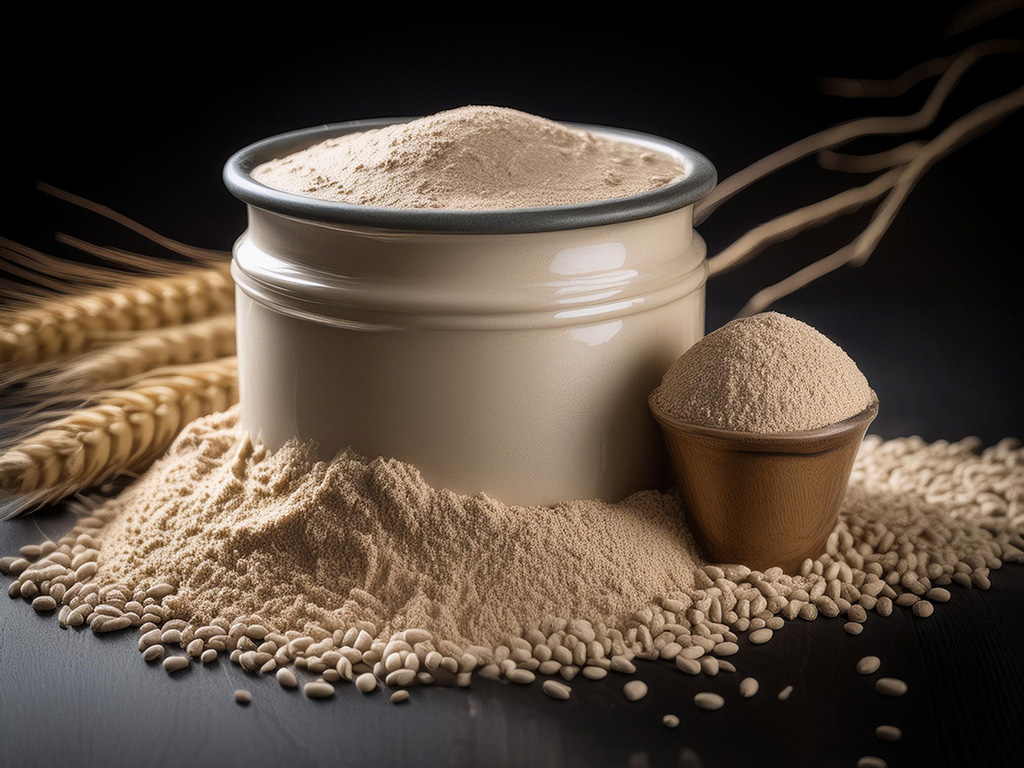
Lager Yeast
Saccharomyces pastorianus is a bottom fermenting yeast that ferments in cooler temperatures (45-55 F) and often lends sulfuric compounds.
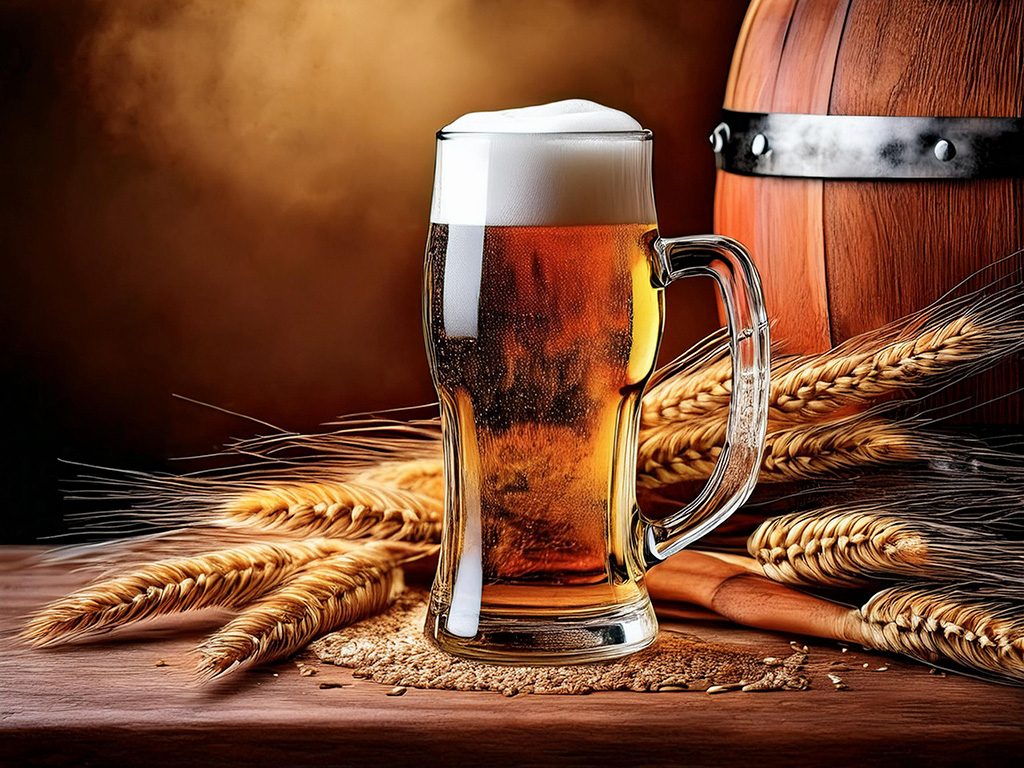
Lagering
Storing bottom-fermented beer in cold cellars at near-freezing temperatures for periods of time ranging from a few weeks to years, during which time the yeast cells and proteins settle out and the beer improves in taste.

Lauter Tun
A large vessel fitted with a false slotted bottom (like a colander) and a drain spigot in which the mash is allowed to settle and sweet wort is removed from the grains through a straining process. In some smaller breweries, the mash tun can be used for both mashing and lautering.
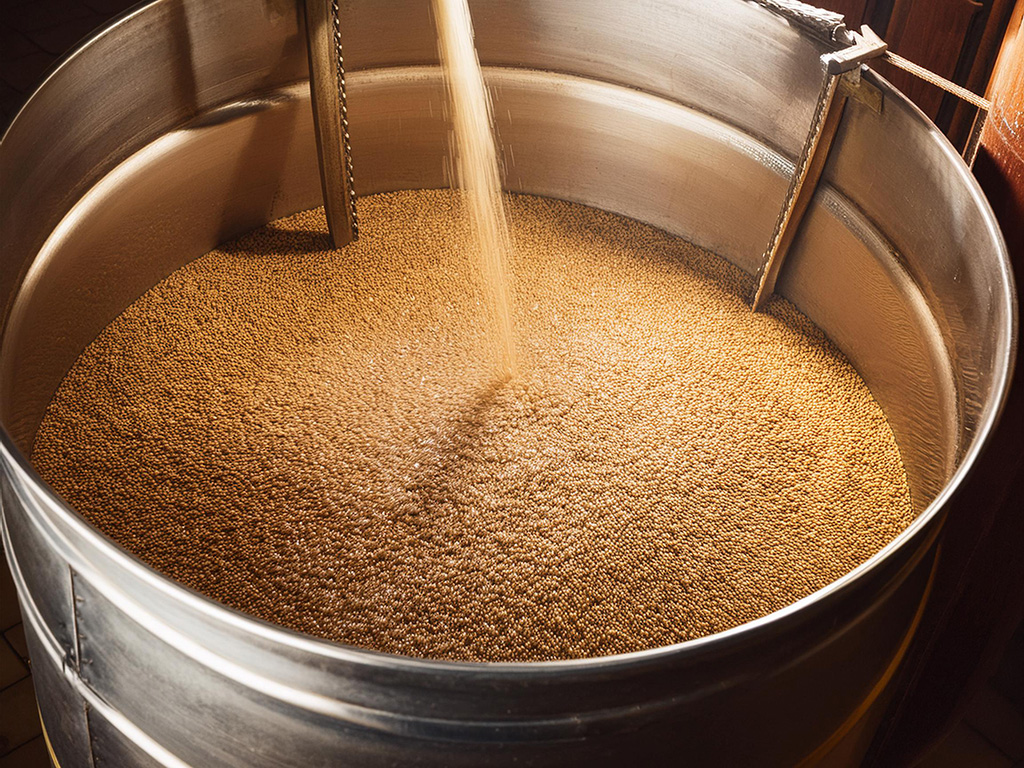
Lautering
The process of separating the sweet wort (pre-boil) from the spent grains in a lauter tun or with other straining apparatus.
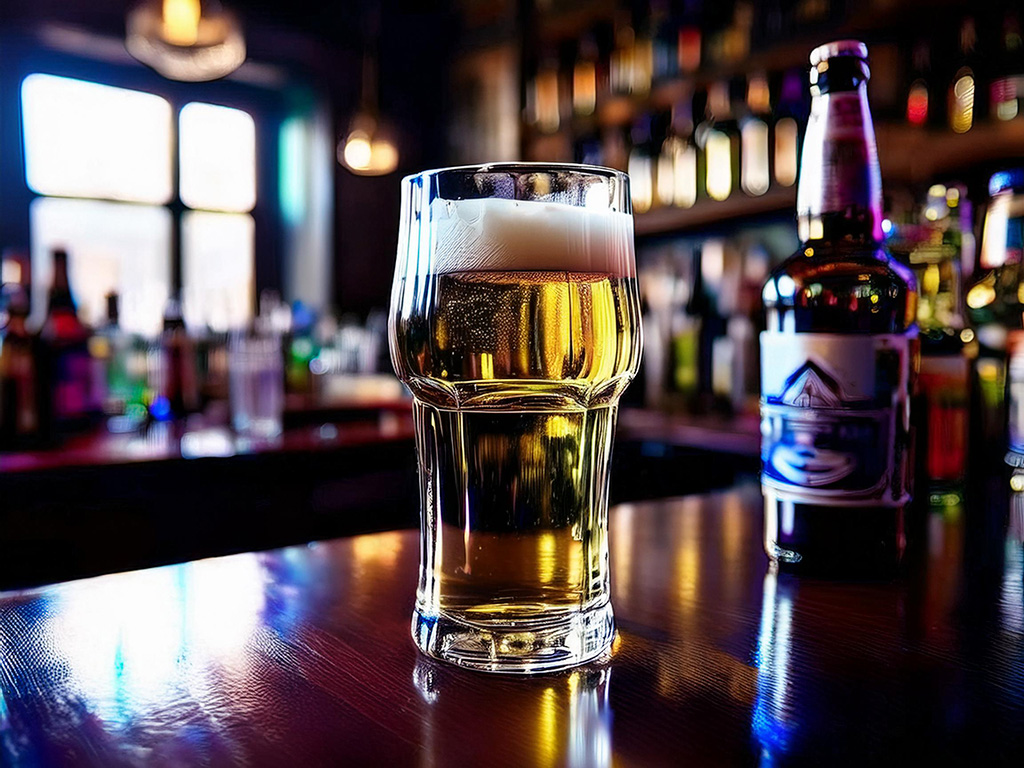
Liquor
The name given, in the brewing industry, to water used for mashing and brewing, especially natural or treated water containing high amounts of calcium and magnesium salts.
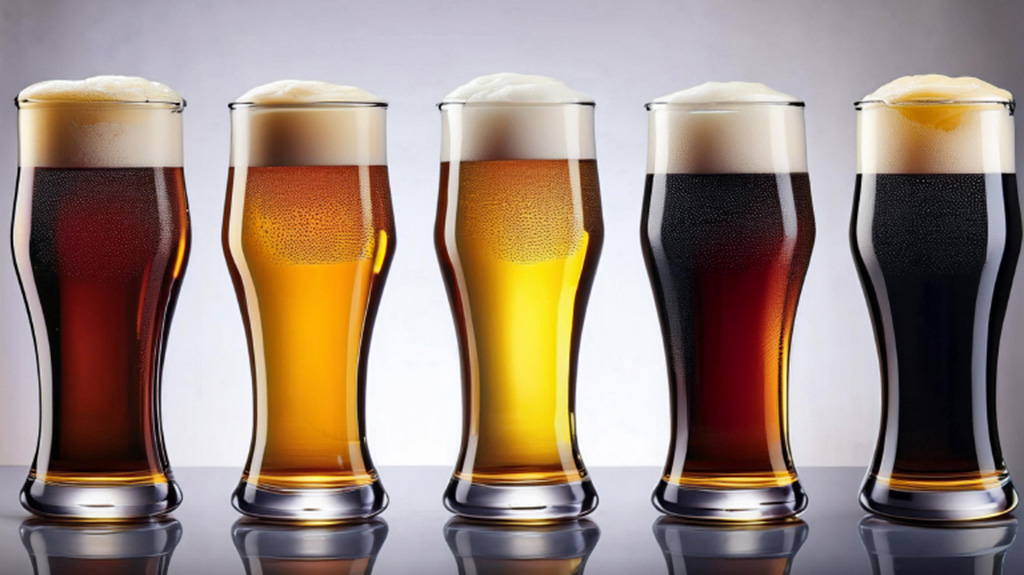
Lovibond
A scale used to measure color in grains and sometimes in beer.
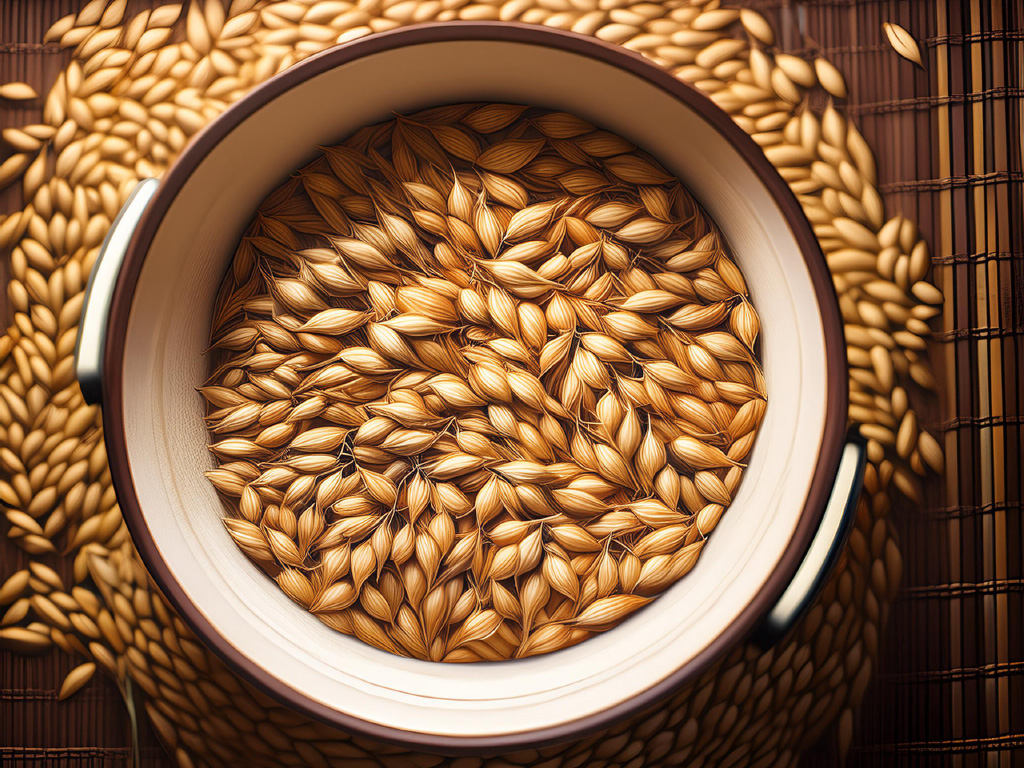
Malt
Processed barley that has been steeped in water, germinated on malting floors or in germination boxes or drums, and later dried in kilns for the purpose of stopping the germination and converting the insoluble starch in barley to the soluble substances and sugars in malt.
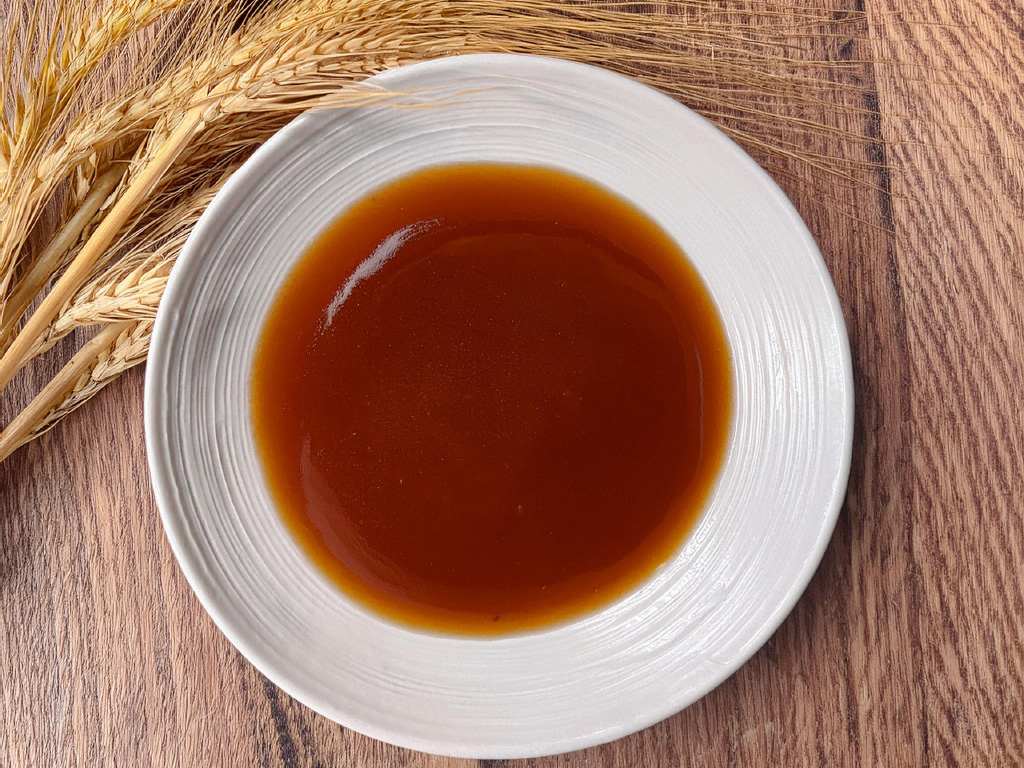
Maltose
The most abundant fermentable sugar in beer.
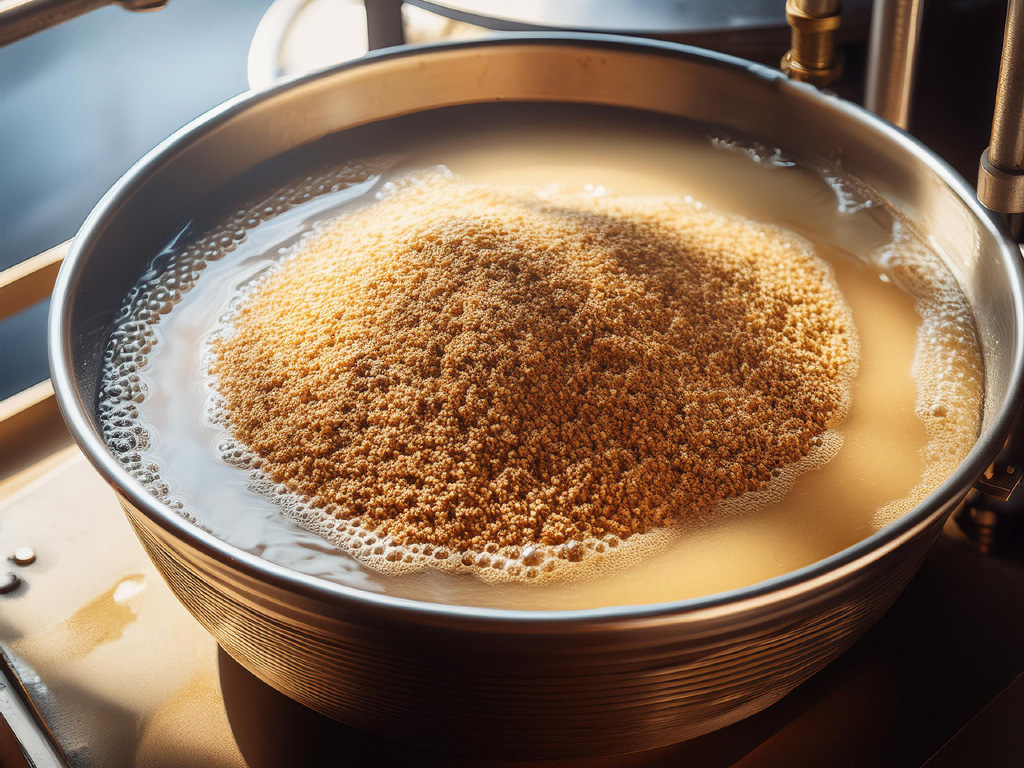
Mash
A mixture of ground malt (and possibly other grains or adjuncts) and hot water that forms the sweet wort after straining.
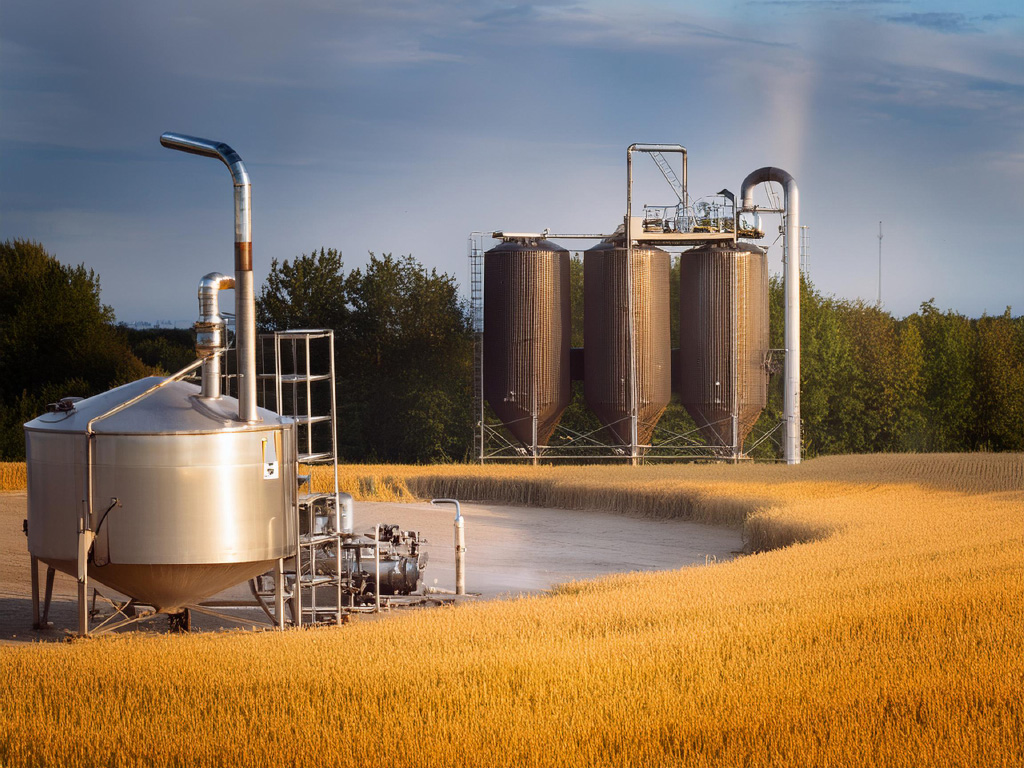
Mash Tun
The vessel in which grist is soaked in water and heated in order to convert the starch to sugar and to extract the sugars, colors, flavors and other solubles from the grist.
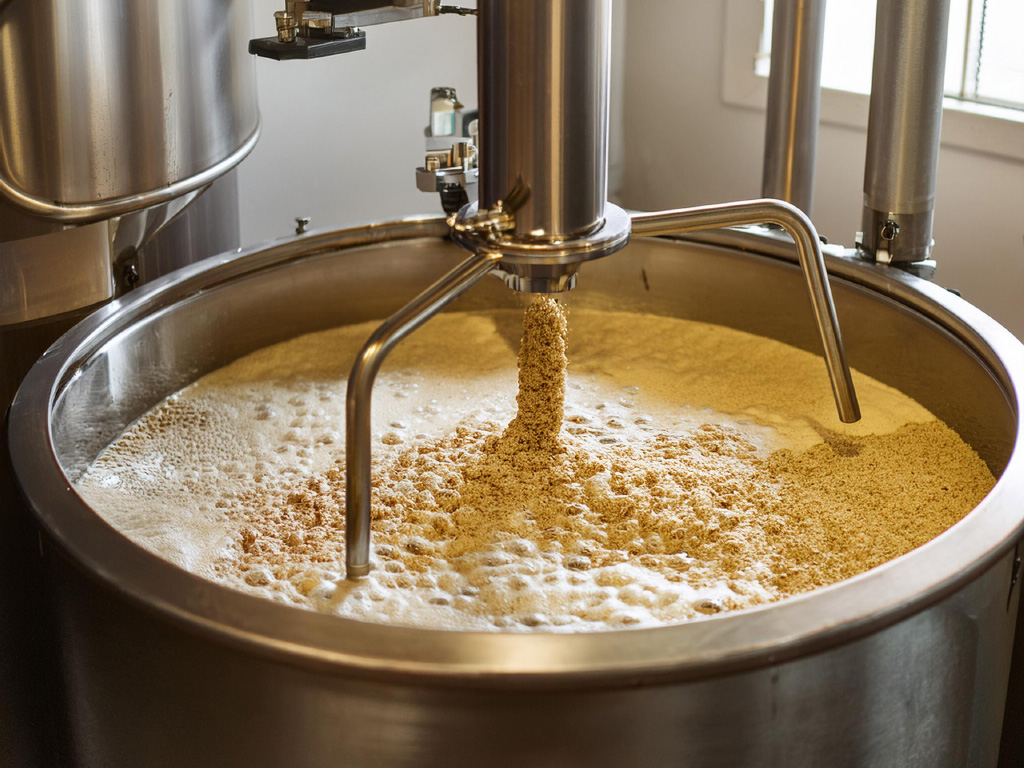
Mashing
The process of mixing crushed malt (and possibly other grains or adjuncts) with hot water to convert grain starches to fermentable sugars and non-fermentable carbohydrates that will add body, head retention and other characteristics to the beer. Mashing also extracts colors and flavors that will carry through to the finished beer, and also provides for the degradation of haze-forming proteins. Mashing requires several hours and produces a sugar-rich liquid called wort.
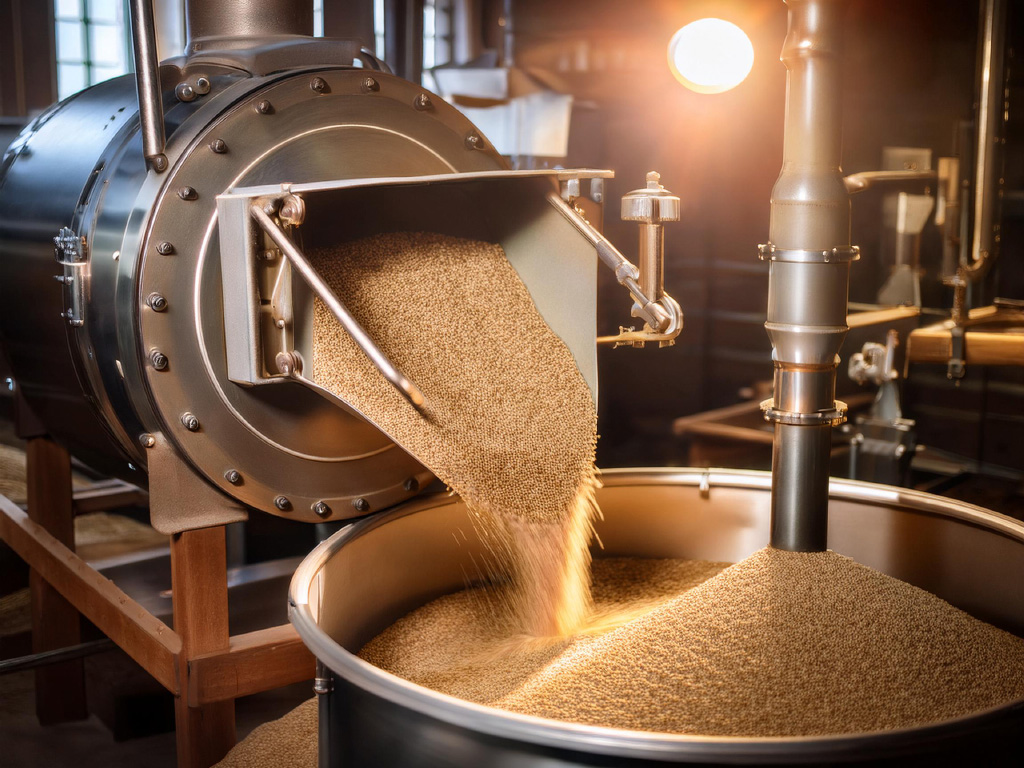
Milling
The grinding of malt into grist (or meal) to facilitate the extraction of sugars and other soluble substances during the mash process. The endosperm must be crushed to medium-sized grits rather than to flour consistency. It is important that the husks remain intact when the grain is milled or cracked because they will later act as a filter aid during lautering.
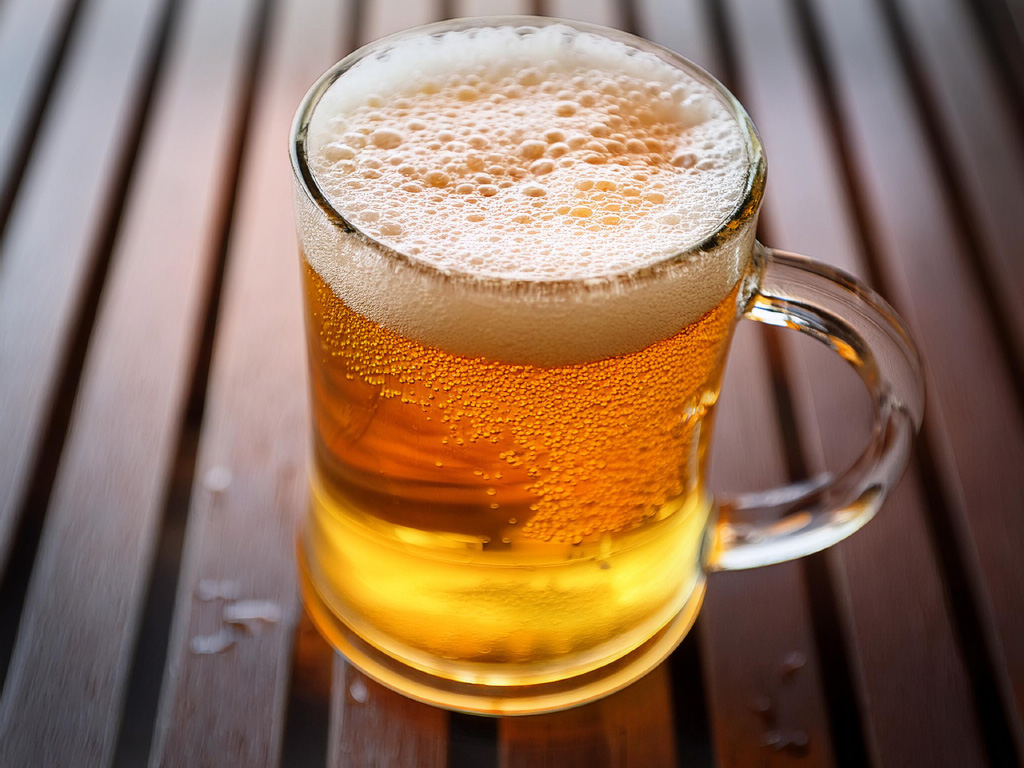
Mouthfeel
The textures one perceives in a beer. Includes carbonation, fullness and aftertaste.
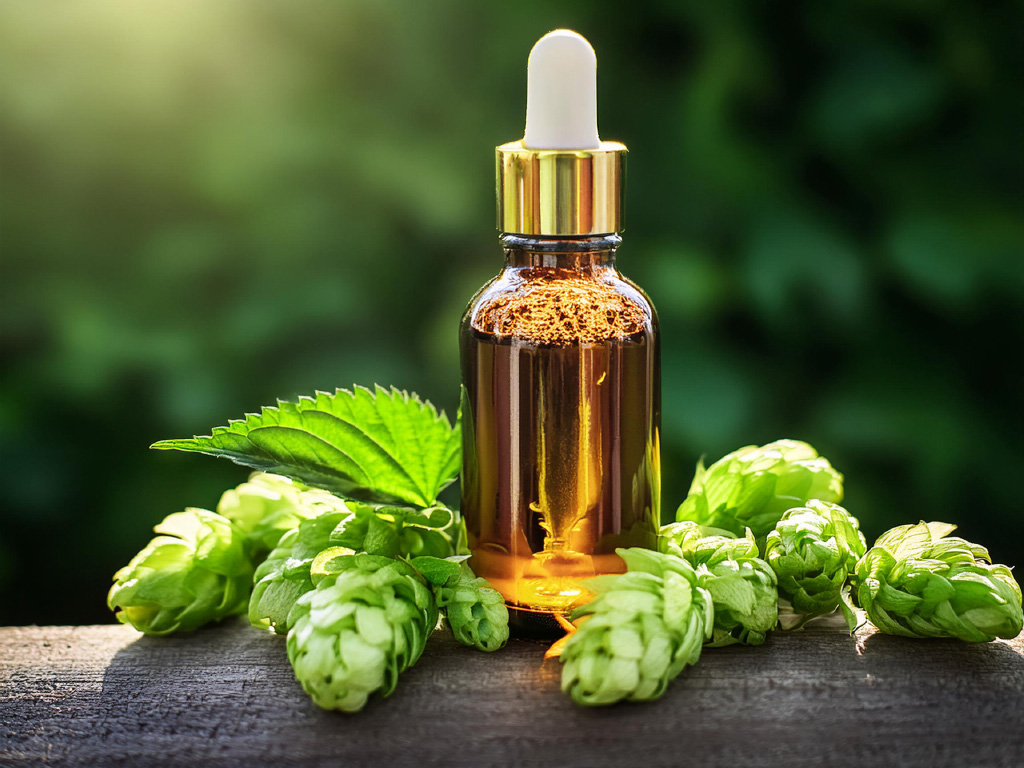
Myrcene
One of the essential oils made in the flowering cone of the hops plant Humulus lupulus.

Noble Hops
Traditional European hop varieties prized for their characteristic flavor and aroma. Traditionally these are grown only in four small areas in Europe:
- Hallertau in Bavaria, Germany
- Saaz in Zatec, Czech Republic
- Spalt in Spalter, Germany
- Tettnang in the Lake Constance region, Germany
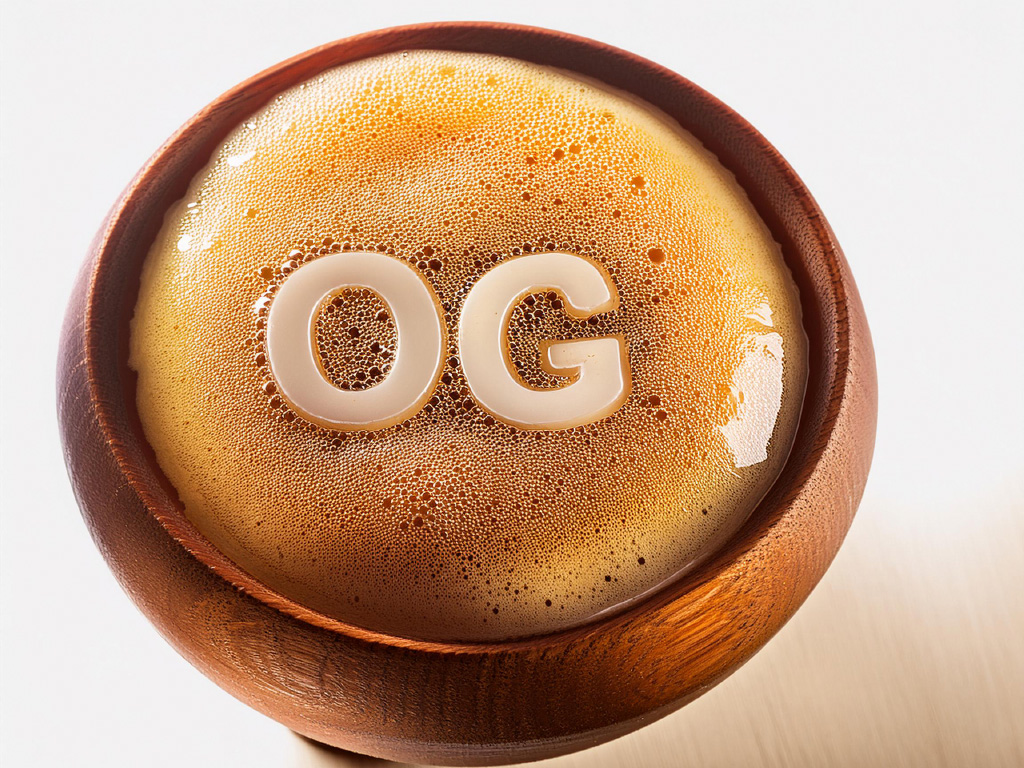
Original Gravity (OG)
The specific gravity of wort before fermentation. A measure of the total amount of solids that are dissolved in the wort as compared to the density of water, which is conventionally given as 1.000 and higher. Synonym: Starting gravity; starting specific gravity; original wort gravity.

Palate
The top part of the inside of your mouth and is generally associated with how humans taste.

pH
Abbreviation for potential Hydrogen, used to express the degree of acidity and alkalinity in an aqueous solution, usually on a logarithmic scale ranging from 1-14, with 7 being neutral, 1 being the most acidic, and 14 being the most alkaline.

Phenols
A class of chemical compounds perceptible in both aroma and taste. Some phenolic flavors and aromas are desirable in certain beer styles, for example German-style wheat beers in which the phenolic components derived from the yeast used, or Smoke beers in which the phenolic components derived from smoked malt. Higher concentrations in beer are often due to the brewing water, infection of the wort by bacteria or wild yeasts, cleaning agents, or crown and can linings. Phenolic sensory attributes include clovey, herbal, medicinal or pharmaceutical (band-aid).
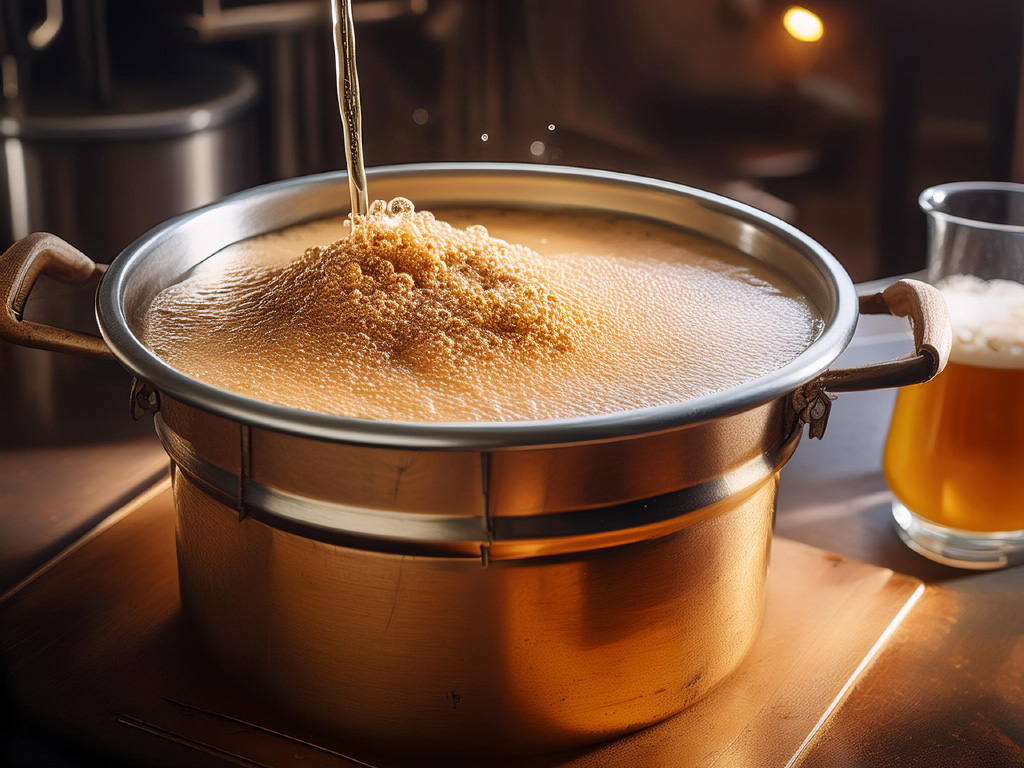
Pitching
The addition of yeast to the wort once it has cooled down to desirable temperatures.
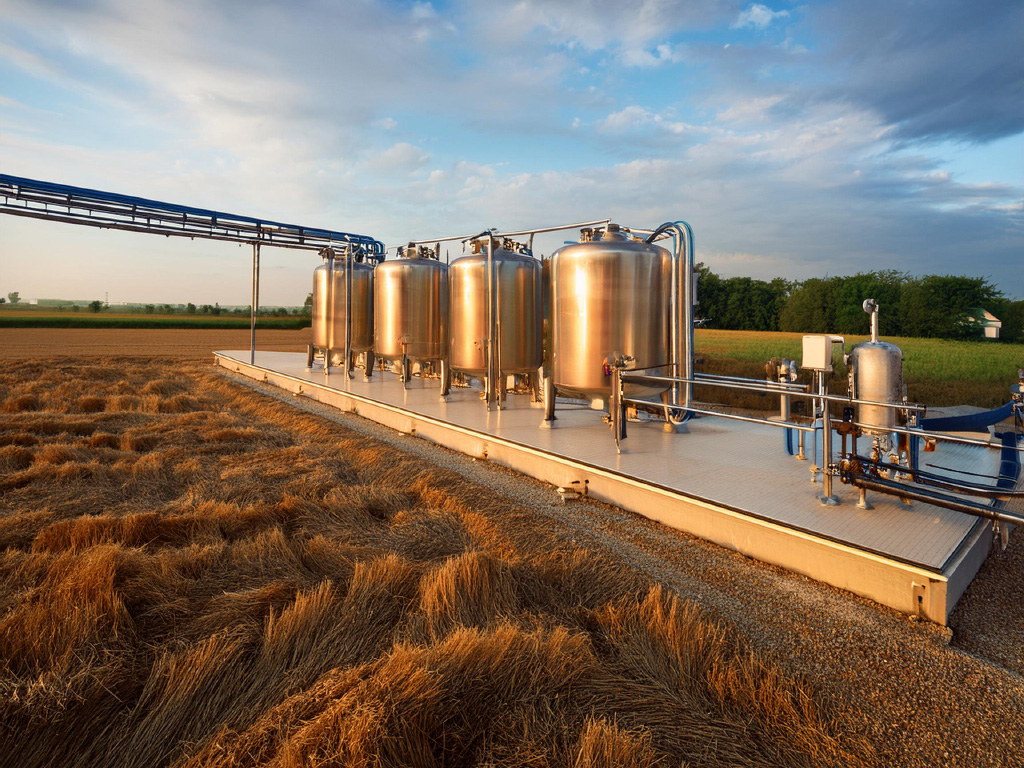
Primary Fermentation
The first stage of fermentation carried out in open or closed containers and lasting from two to twenty days during which time the bulk of the fermentable sugars are converted to ethyl alcohol and carbon dioxide gas. Synonym: Principal fermentation; initial fermentation.
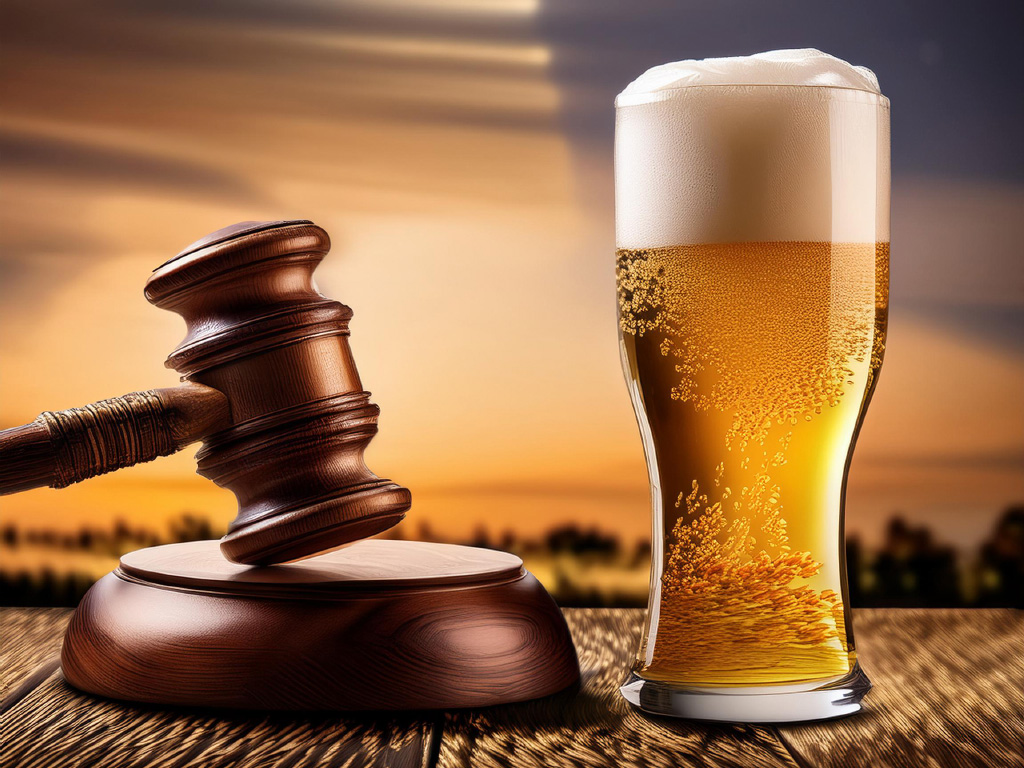
Reinheitsgebot
The German beer purity law passed in 1516, stating that beer may only contain water, barley and hops. Yeast was later added after its role in fermentation was discovered by Louis Pasteur.
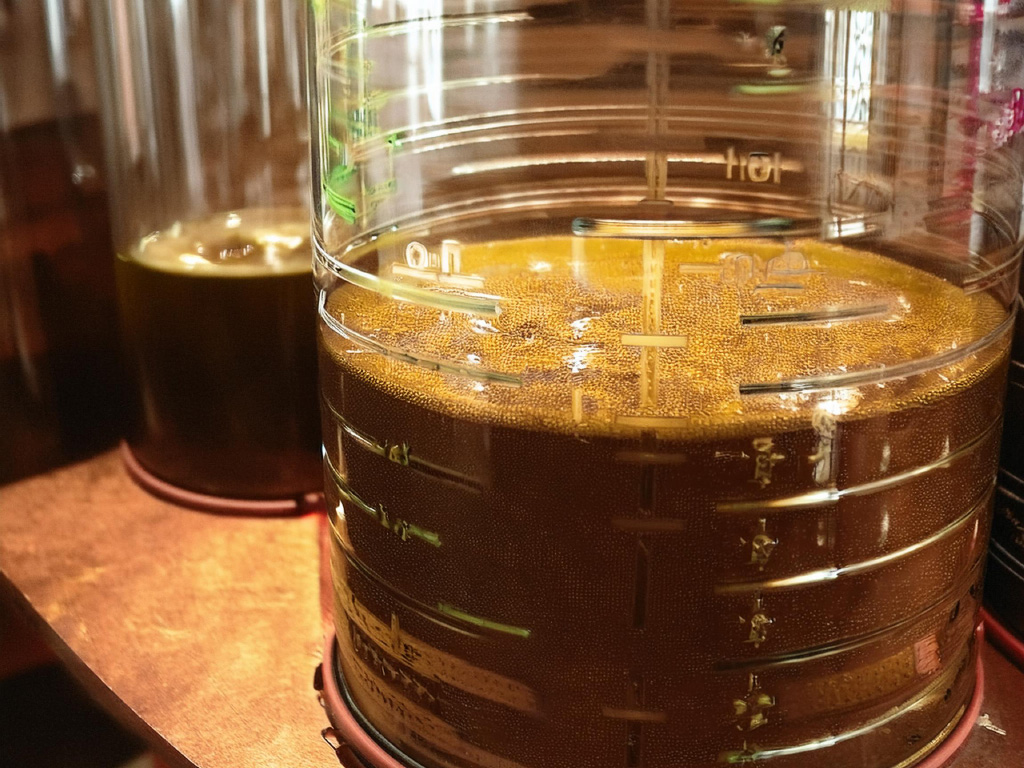
Residual Alkalinity
A measurement of the mash’s ability to buffer, or resist, attempts to lower its pH.
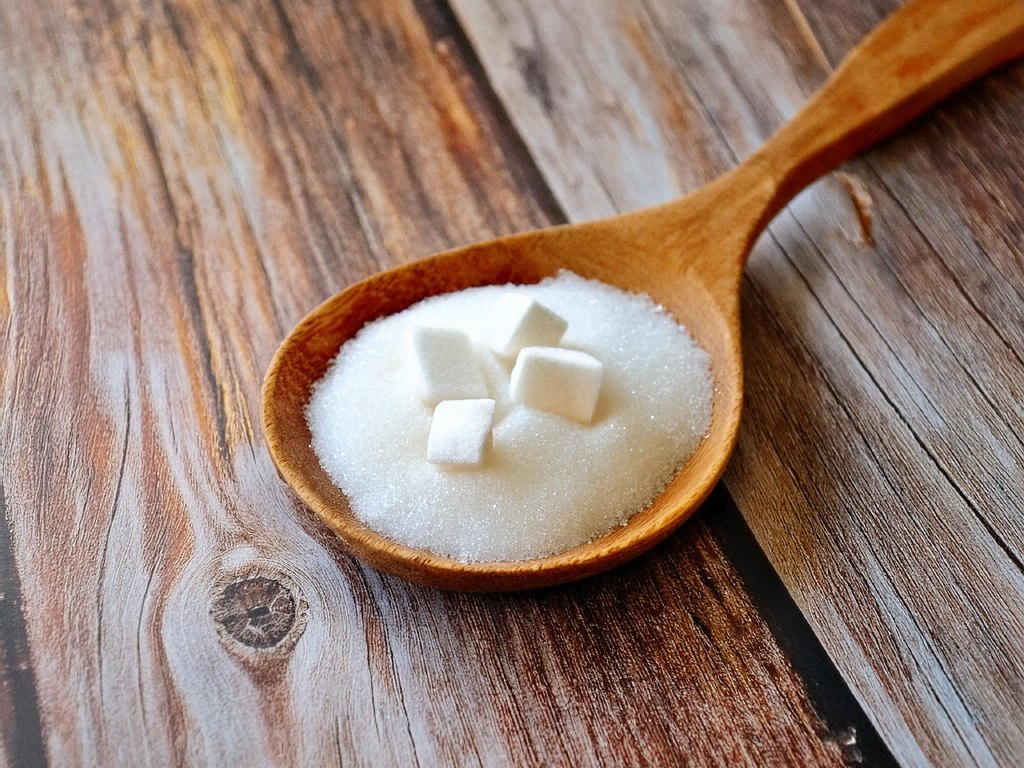
Residual Sugar
Any leftover sugar that the yeast did not consume during fermentation.
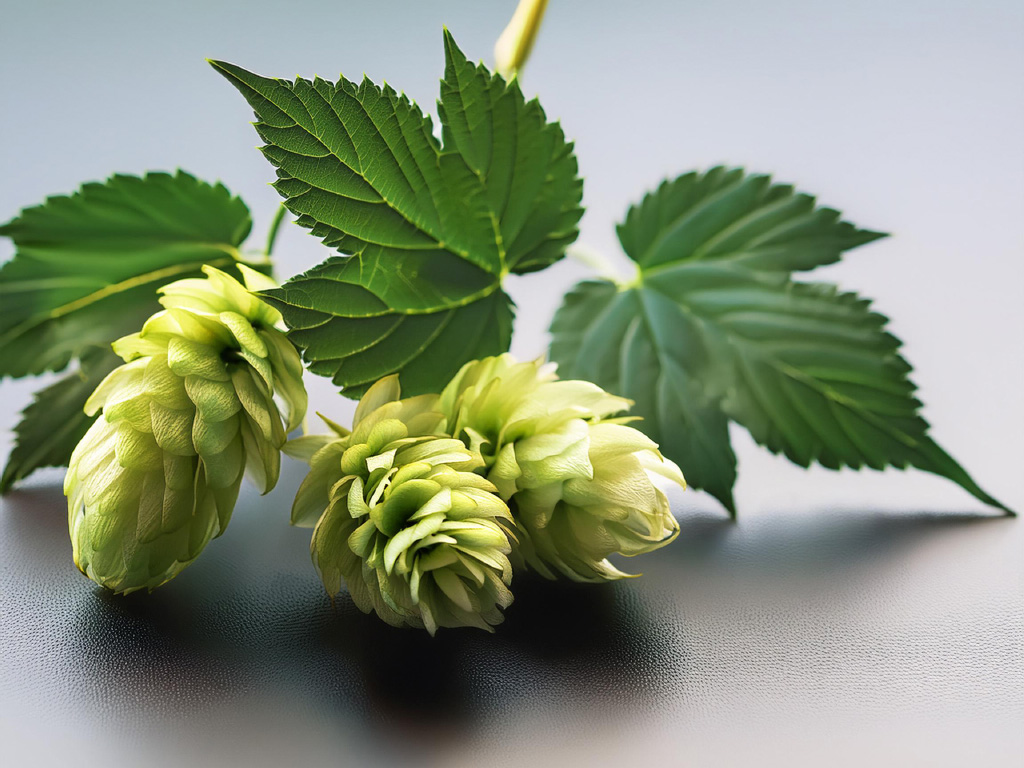
Resin
The gummy organic substance produced by certain plants and trees. Humulone and lupulone, for example, are bitter resins that occur naturally in the hop flower.
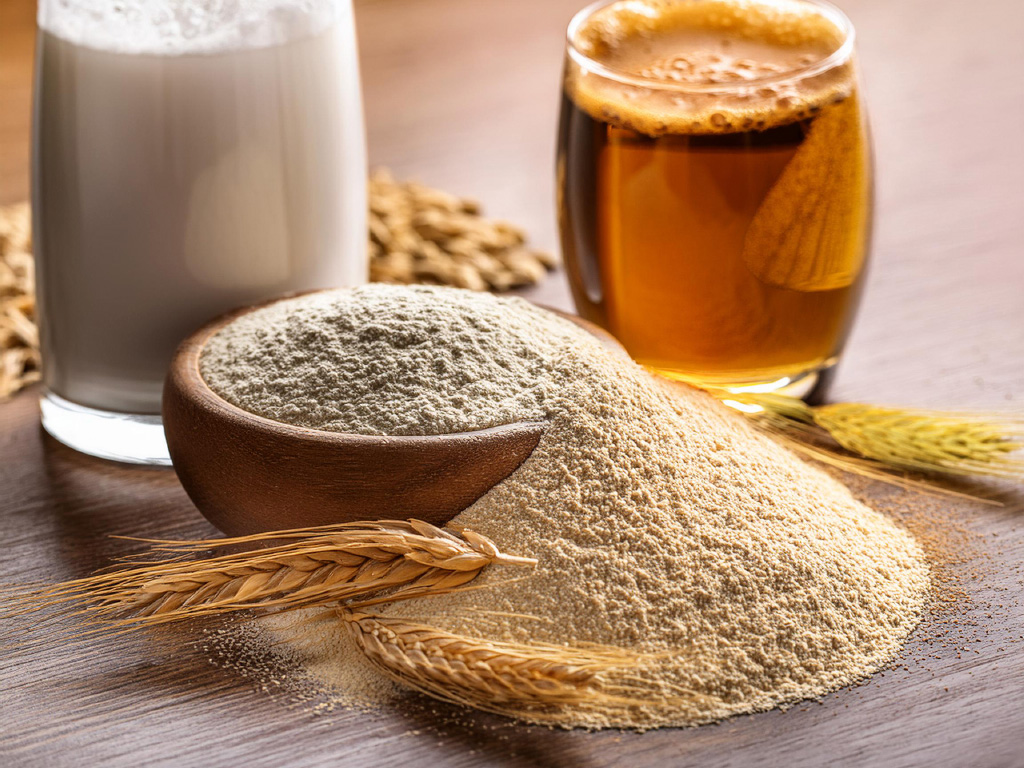
Saccharification
The conversion of malt starch into fermentable sugars, primarily maltose.
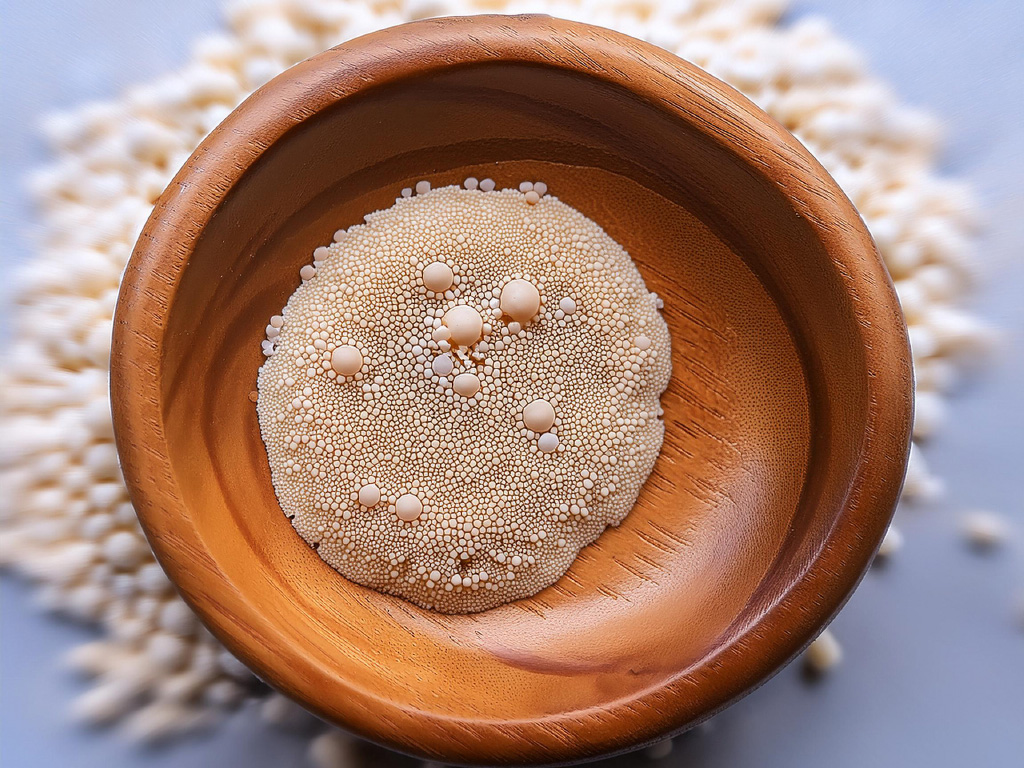
Saccharomyces
The genus of single-celled yeasts that ferment sugar and are used in the making of alcoholic beverages and bread. Yeasts of the species Saccharomyces cerevisiae and Saccharomyces pastorianus are commonly used in brewing.
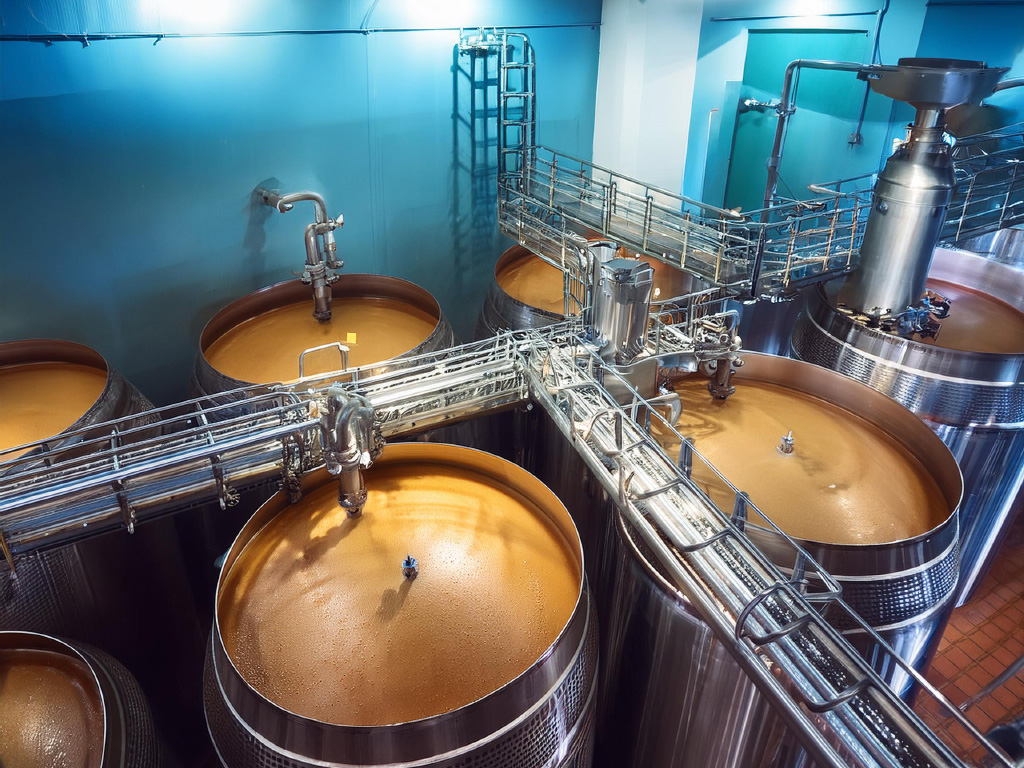
Secondary Fermentation
- The second, slower stage of fermentation for top fermenting beers, and lasting from a few weeks to many months, depending on the type of beer.
- A renewed fermentation in bottles or casks and initiated by priming or by adding fresh yeast.
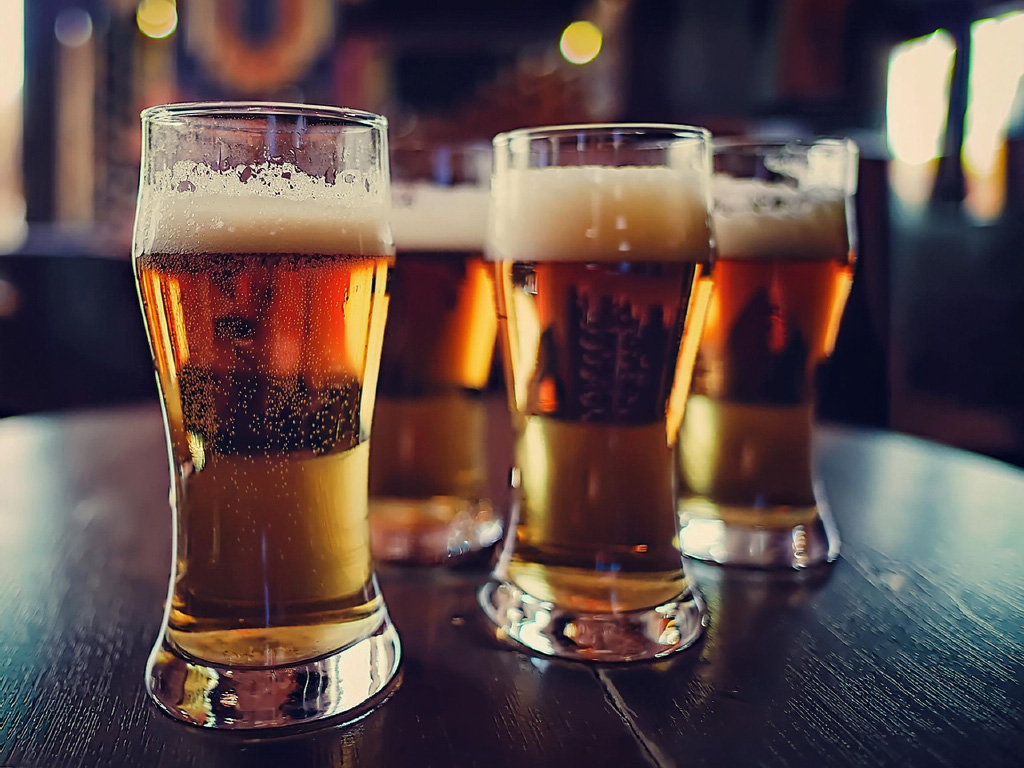
Session Beer
A beer of lighter body and alcohol of which one might expect to drink more than one serving in a sitting.
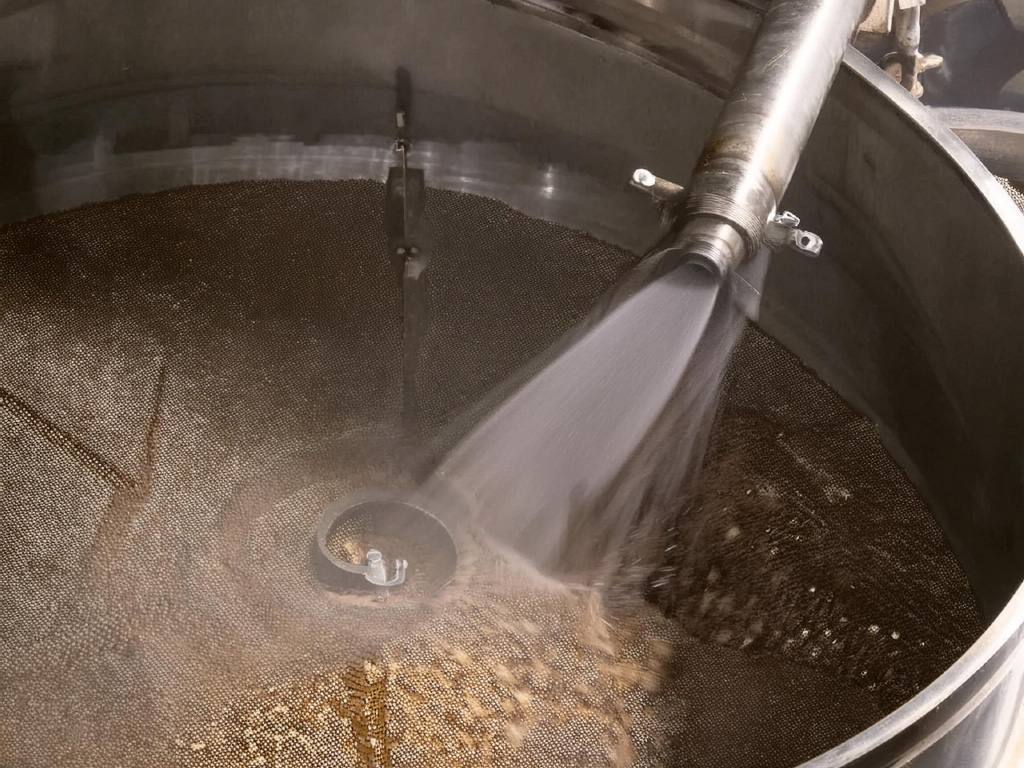
Sparging
In lautering, an operation consisting of spraying the spent mash grains with hot water to retrieve the liquid malt sugar and extract remaining in the grain husks.
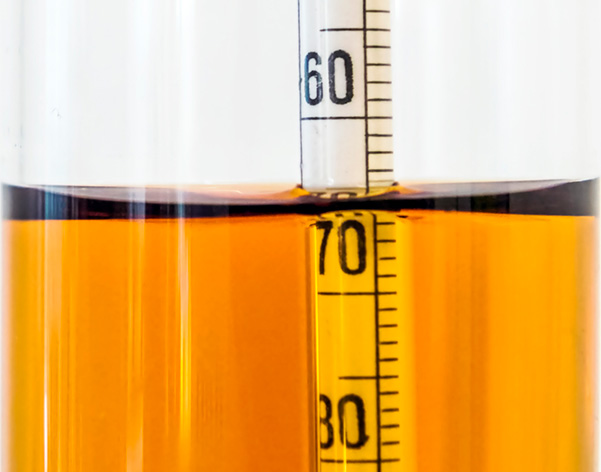
Specific Gravity
The ratio of the density of a substance to the density of water. This method is used to determine how much dissolved sugars are present in the wort or beer. Specific gravity has no units because it is expressed as a ratio. See also Original Gravity and Final Gravity.
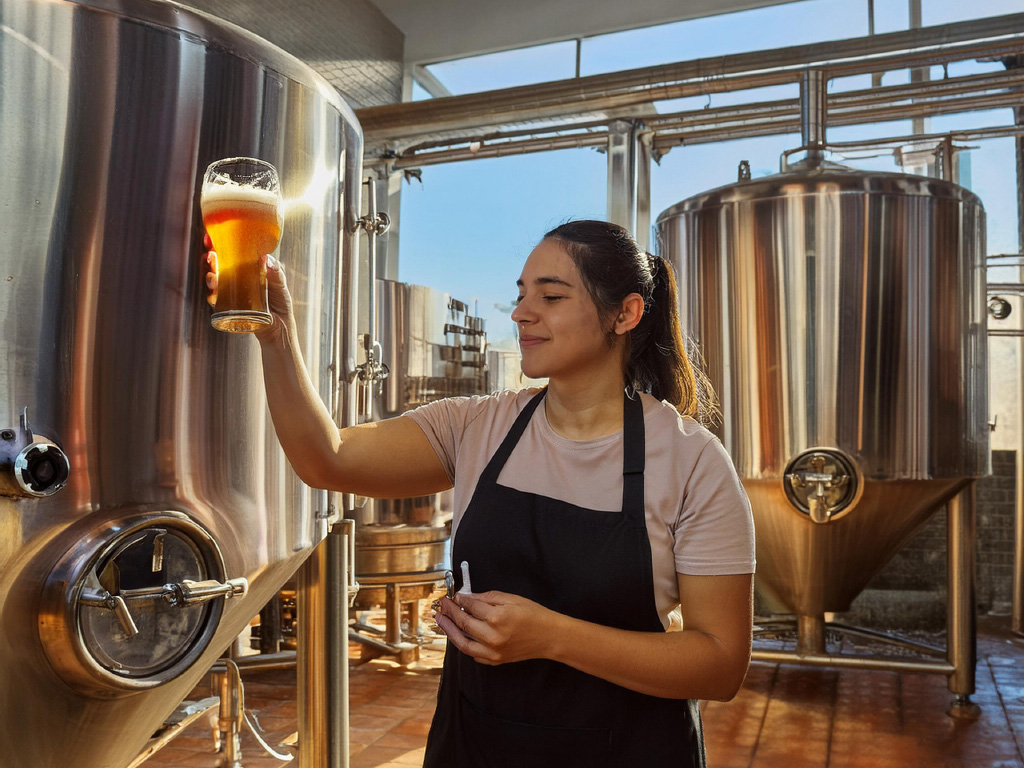
Temperature Rests
Temperature Rests during the beer making process allows the brewer to adjust fermentable sugar profiles so as to influence characteristics of the resulting beer.
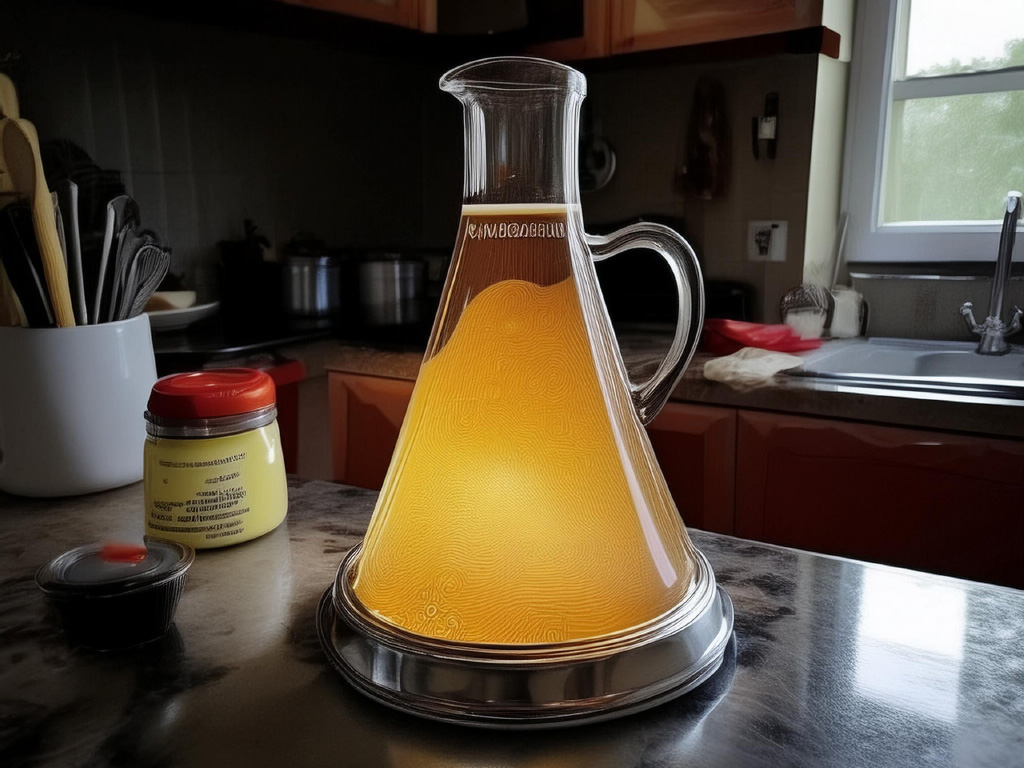
Vorlauf
At the outset of lautering and immediately prior to collecting wort in the brew kettle, the recirculation of wort from the lauter tun outlet back onto the top of the grain bed in order to clarify the wort.

Water
One of the four ingredients in beer. Some beers are made up by as much as 90% water. Globally, some brewing centers became famous for their particular type of beer, and the individual flavors of their beer were strongly influenced by the brewing water’s pH and mineral content. Burton is renowned for its bitter beers because the water is hard (higher PH), Edinburgh for its pale ales, Dortmund for its pale lager, and Plzen for its Pilsner Urquell (soft water lower PH).
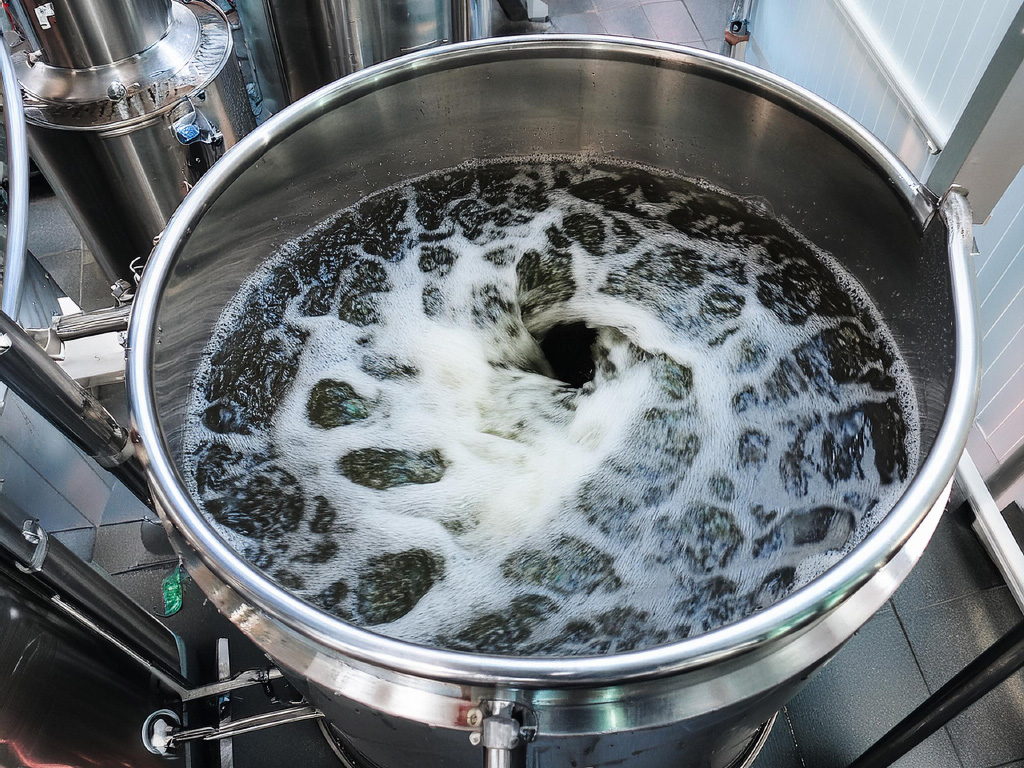
Whirlpool
- A method of collecting hot break material in the center of the kettle by stirring the wort until a vortex is formed.
- A brewhouse vessel designed to separate hot break trub particles from boiled wort.
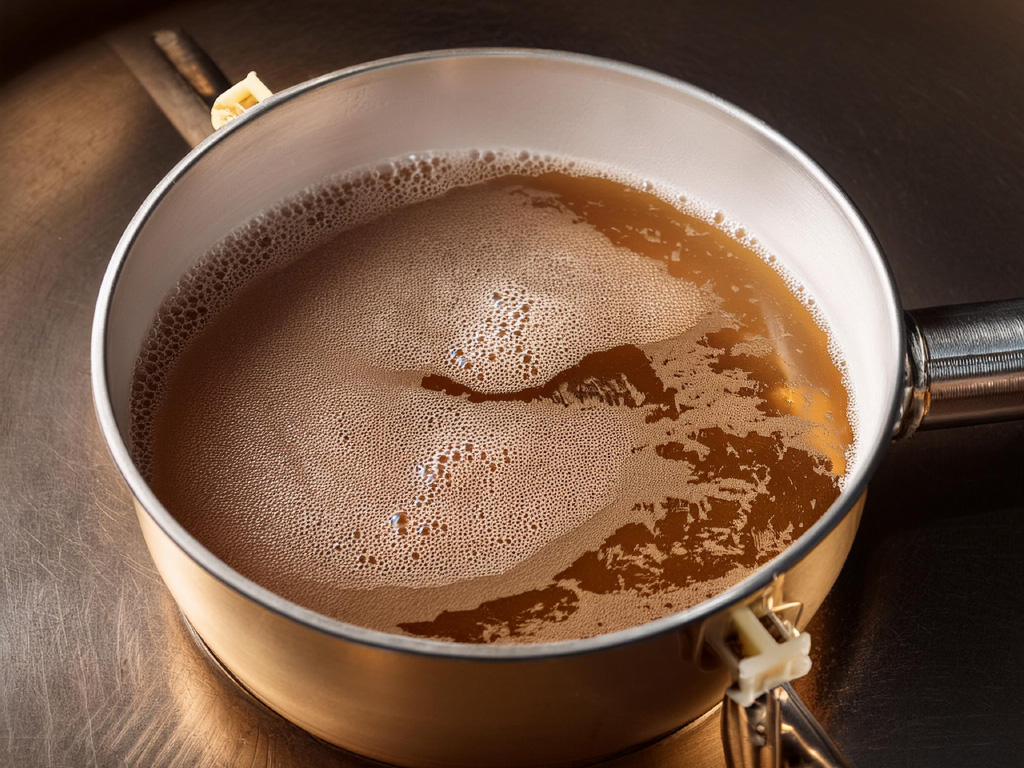
Wort
The bittersweet sugar solution obtained by mashing the malt and boiling in the hops, which becomes beer through fermentation.
Yeast
During the fermentation process, yeast converts the natural malt sugars into alcohol and carbon dioxide gas. Yeast was first viewed under a microscope in 1680 by the Dutch scientist Antonie van Leeuwenhoek; in 1867, Louis Pasteur discovered that yeast cells lack chlorophyll and that they could develop only in an environment containing both nitrogen and carbon.
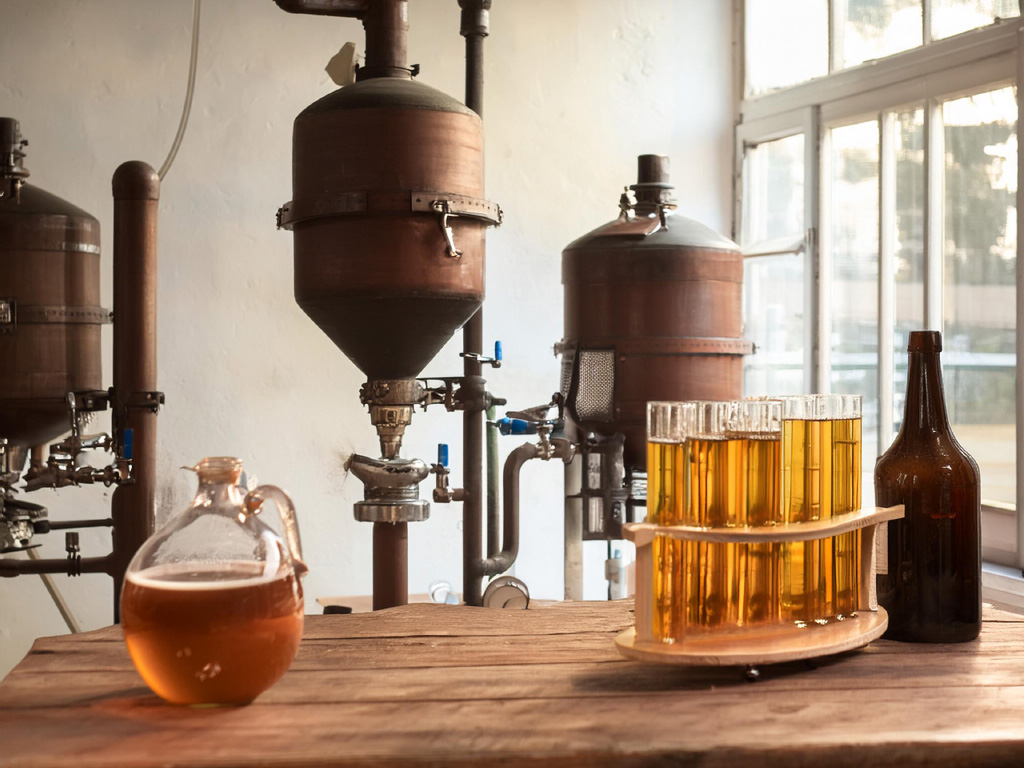
Zymurgy
The branch of chemistry that deals with fermentation processes, as in brewing.
